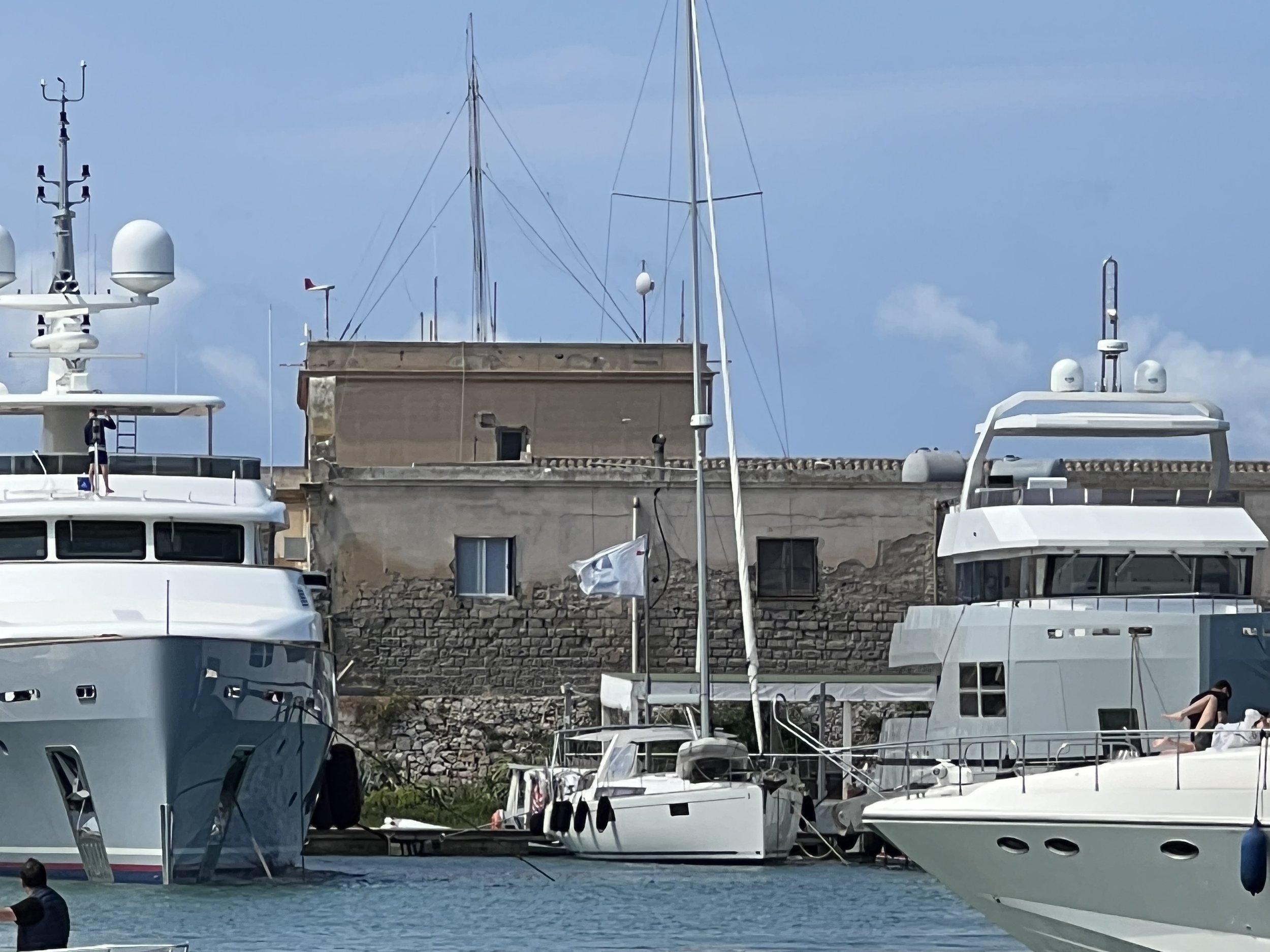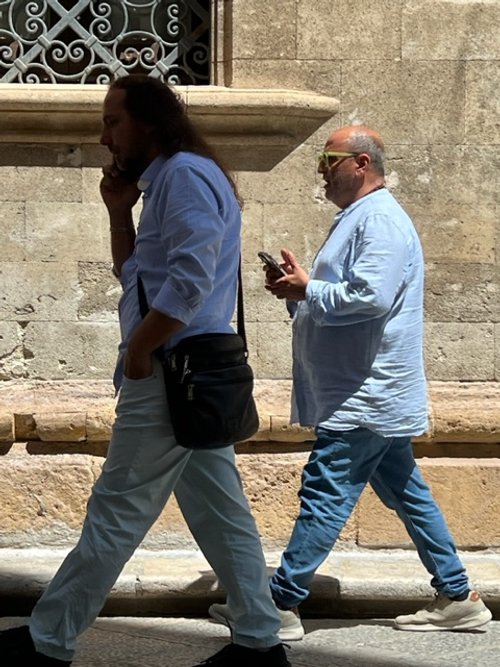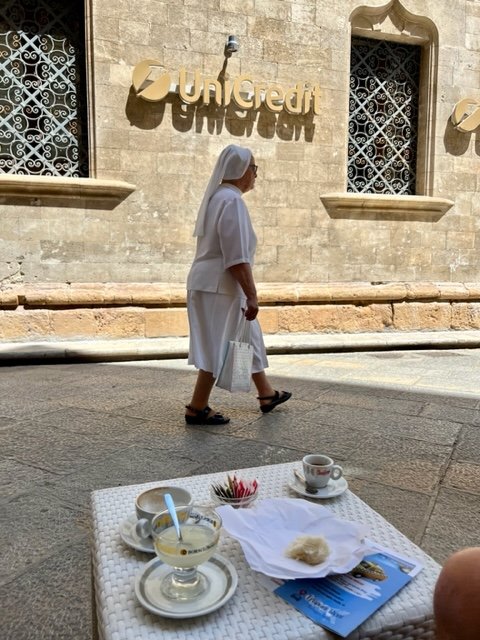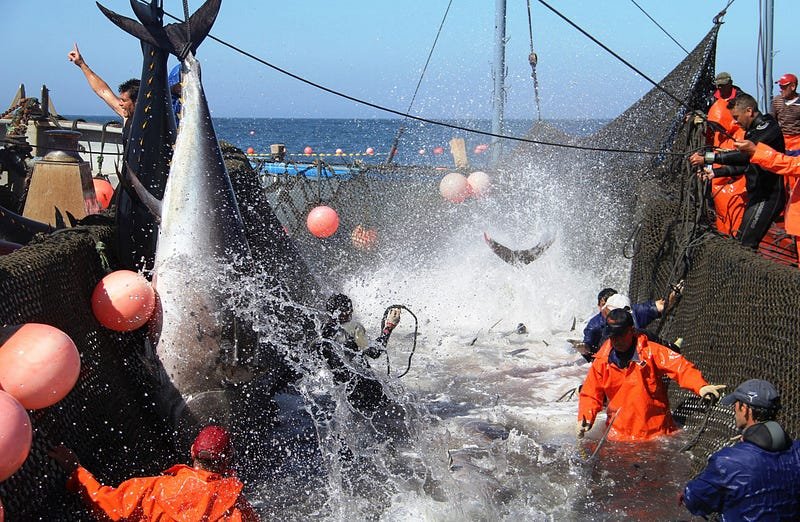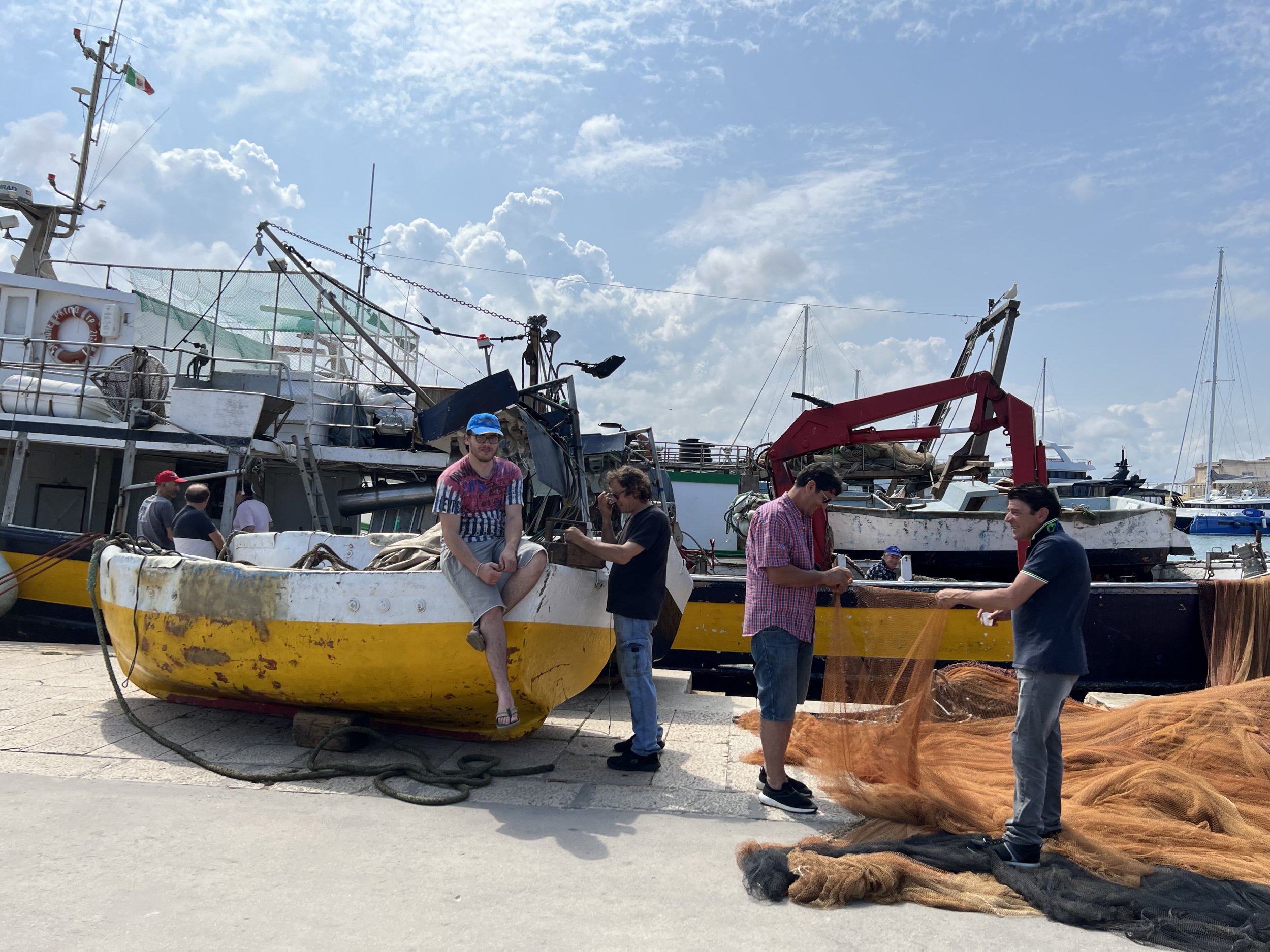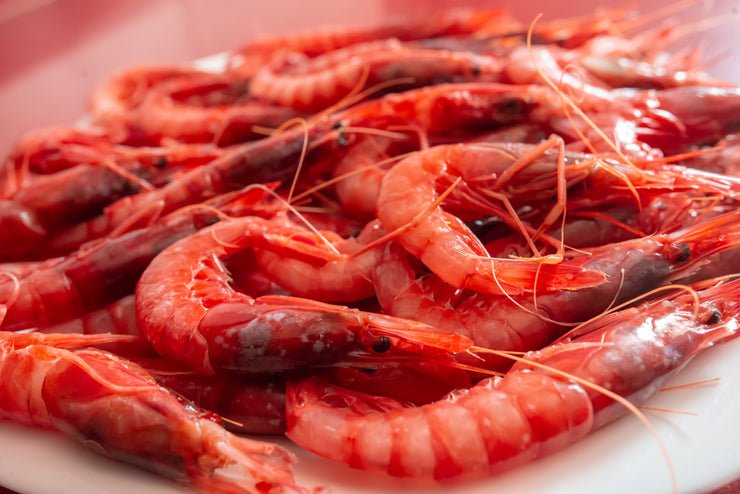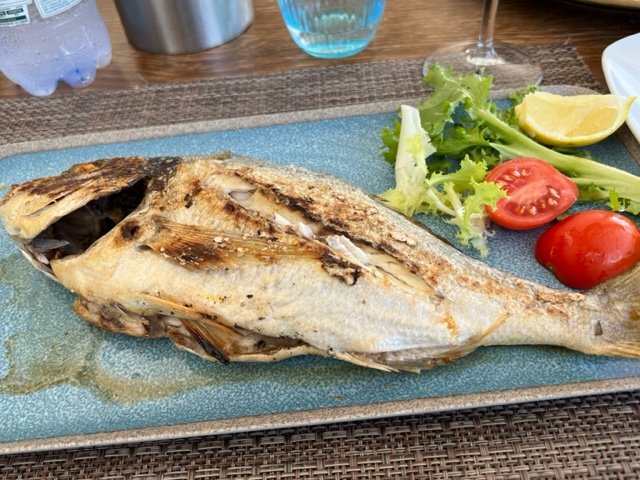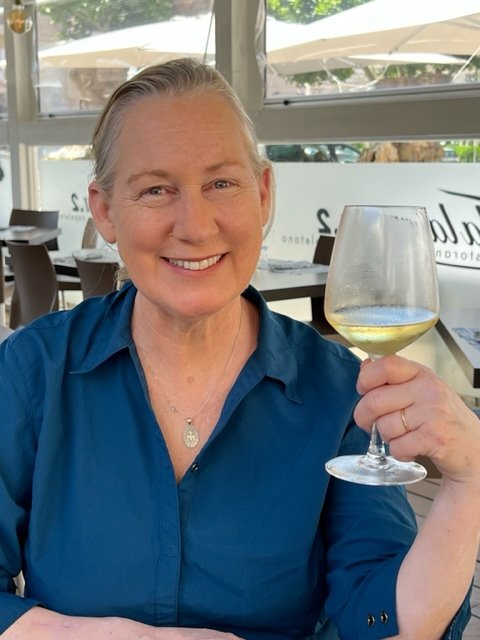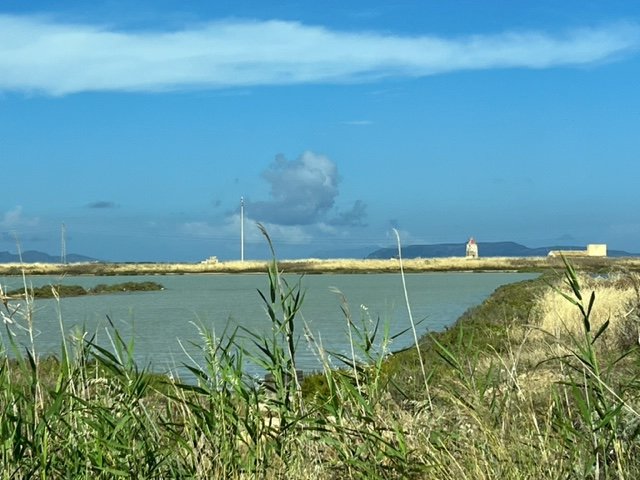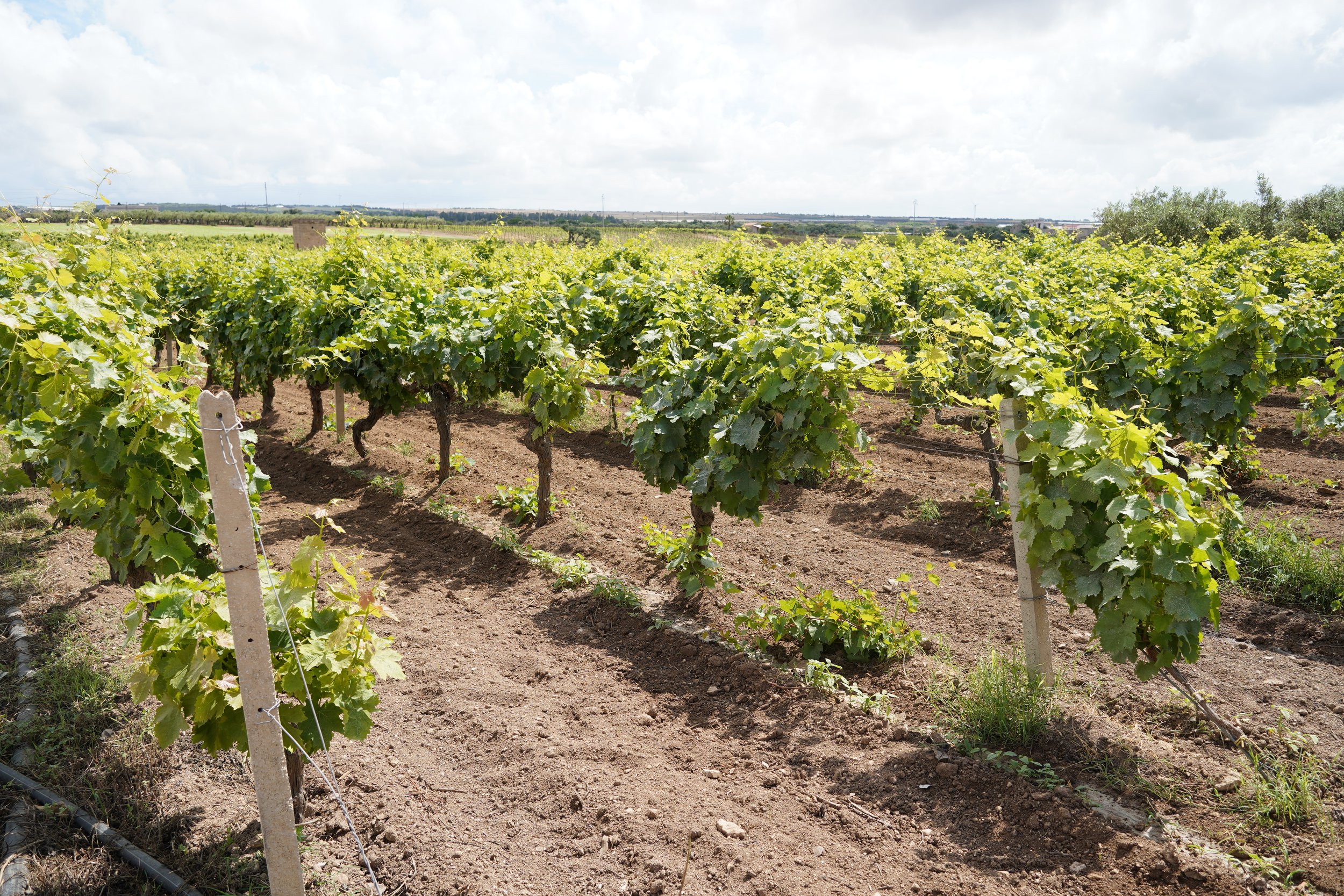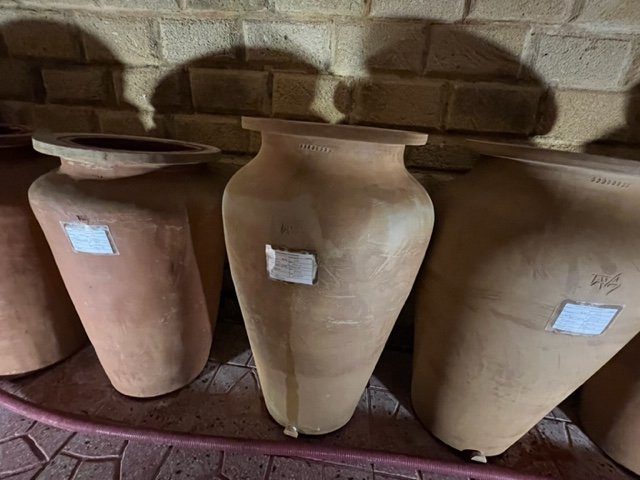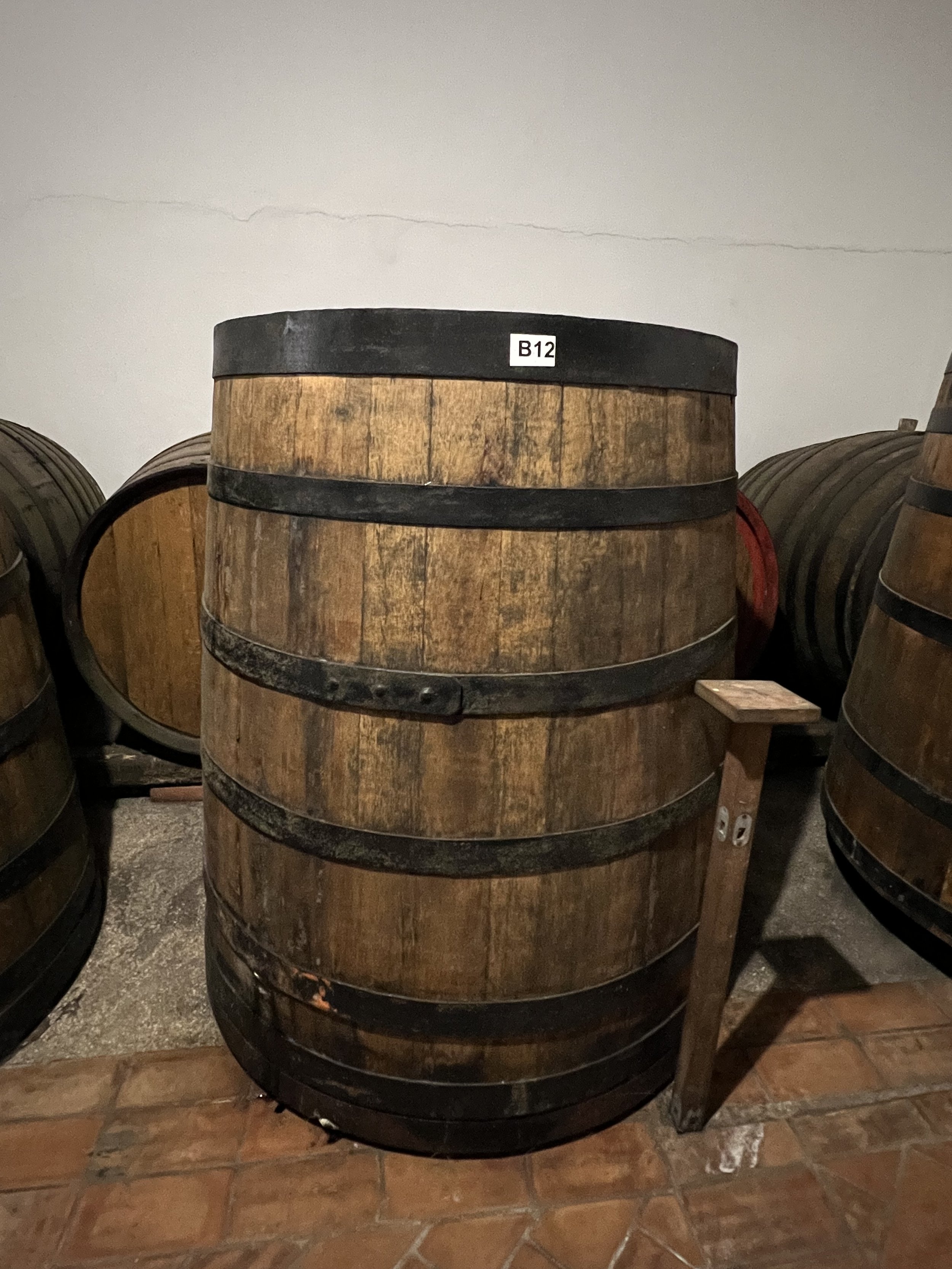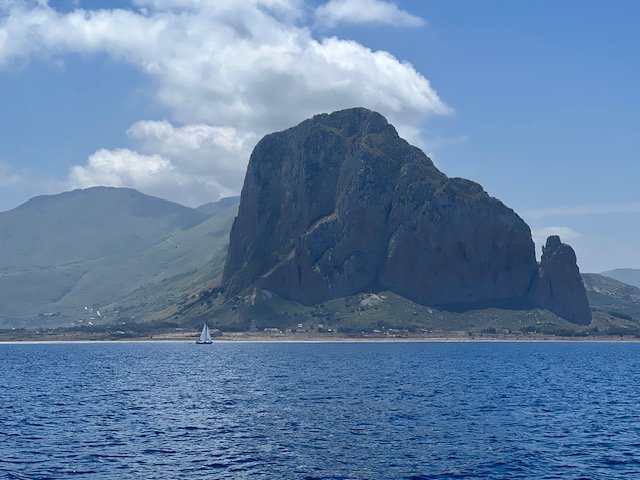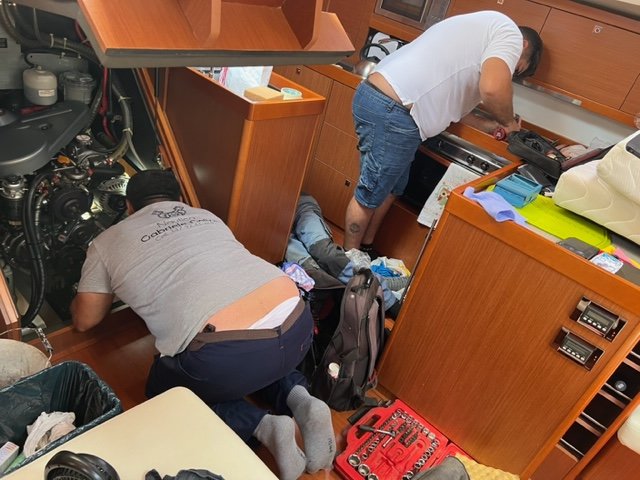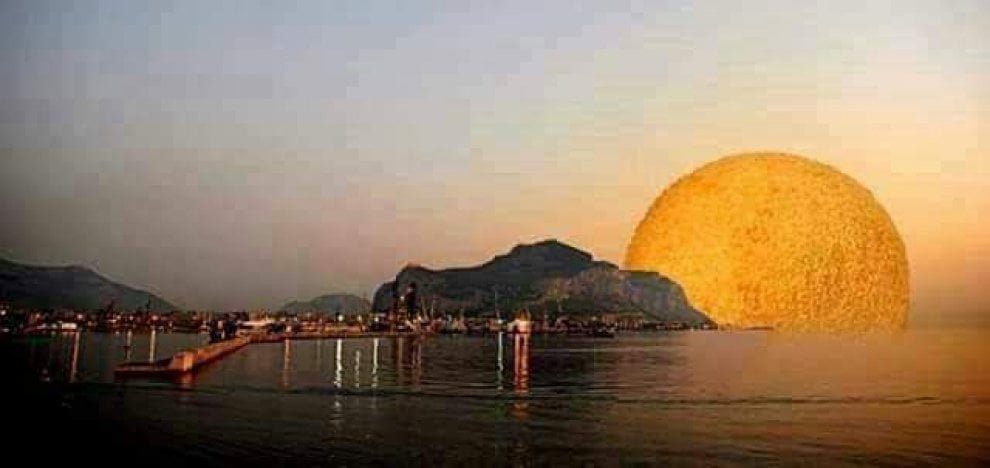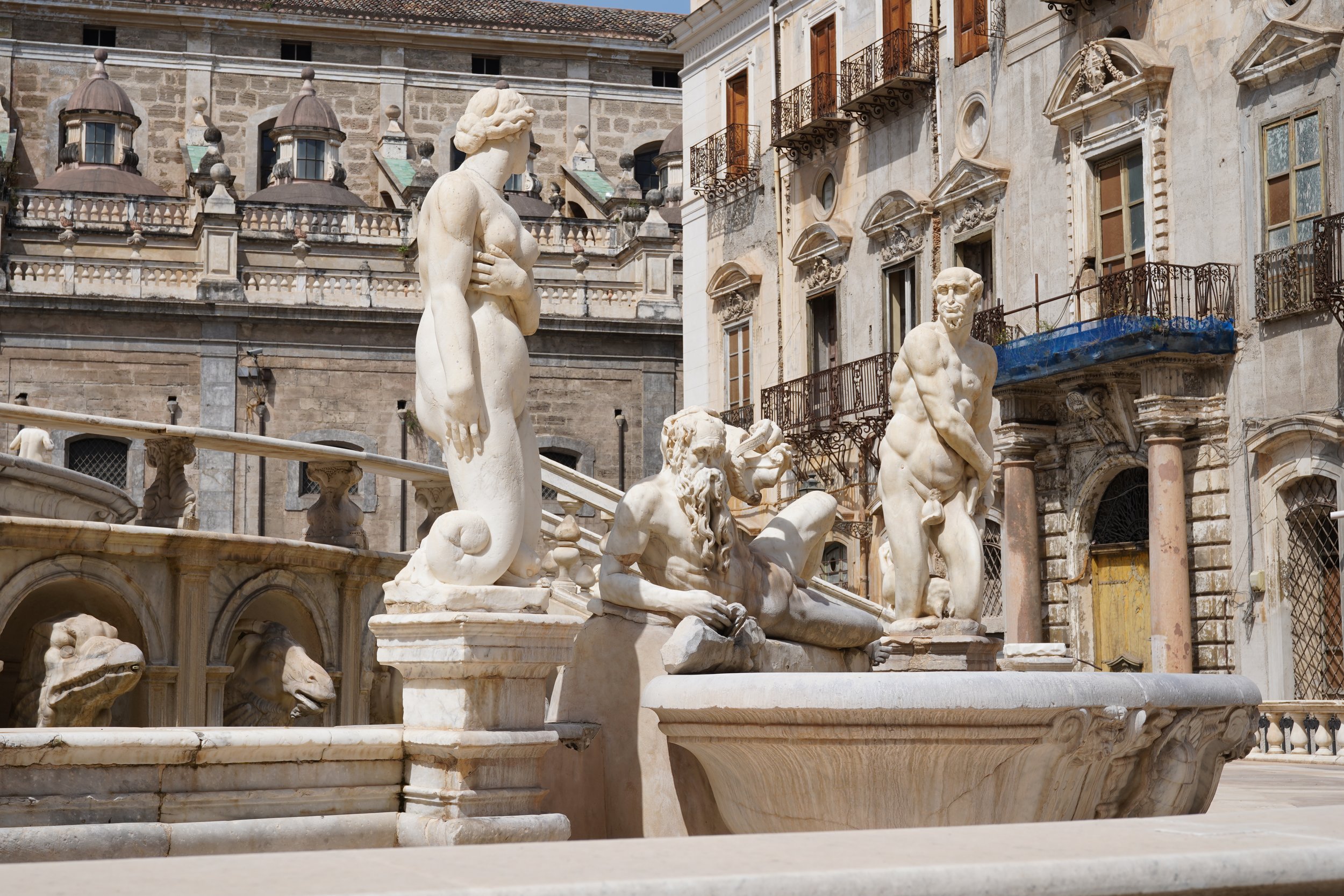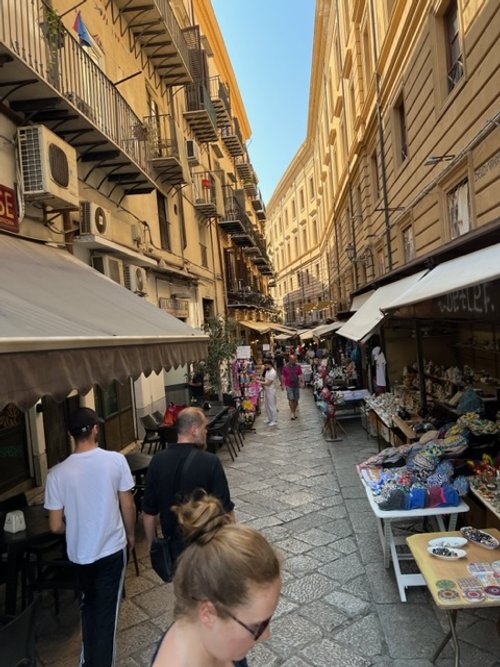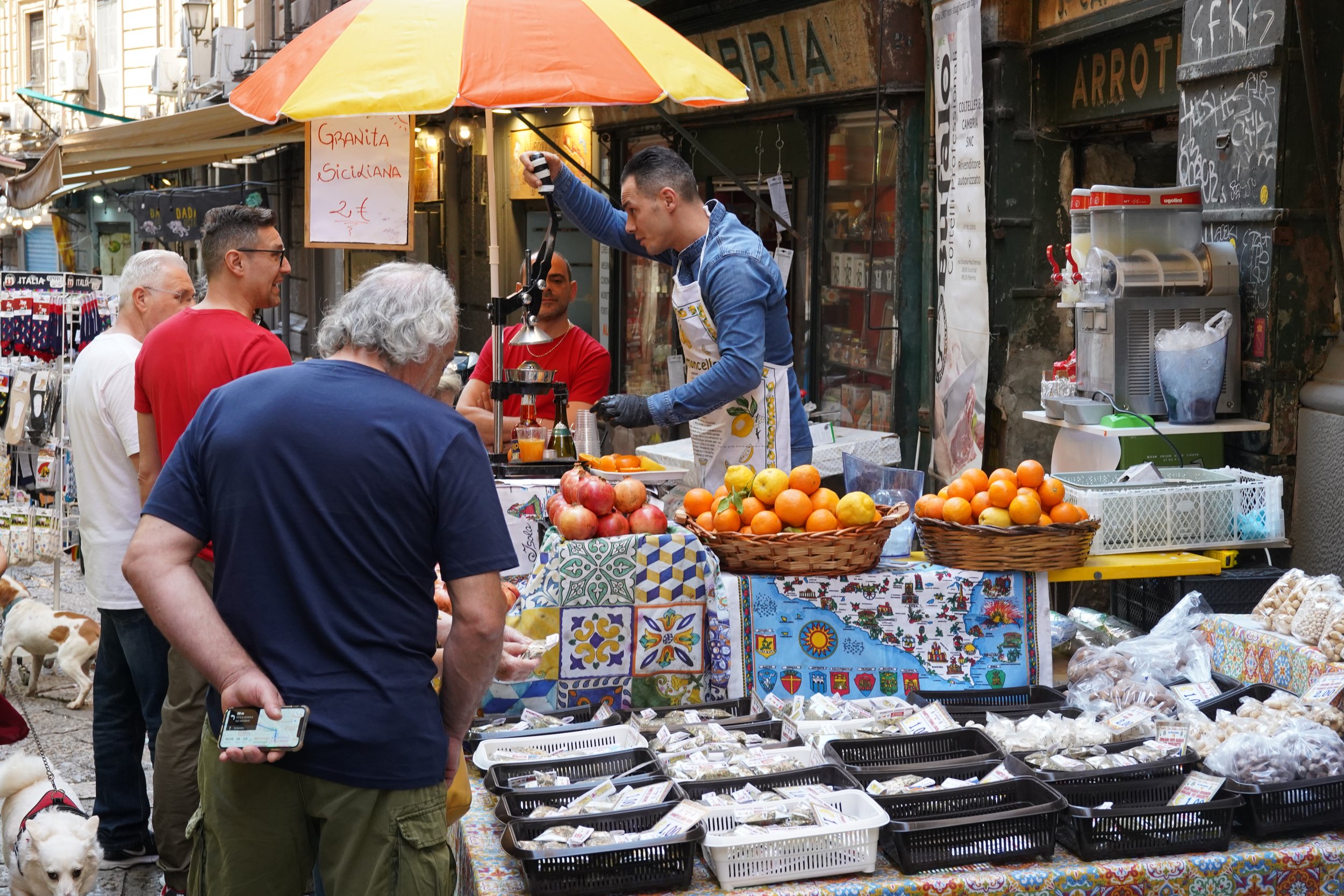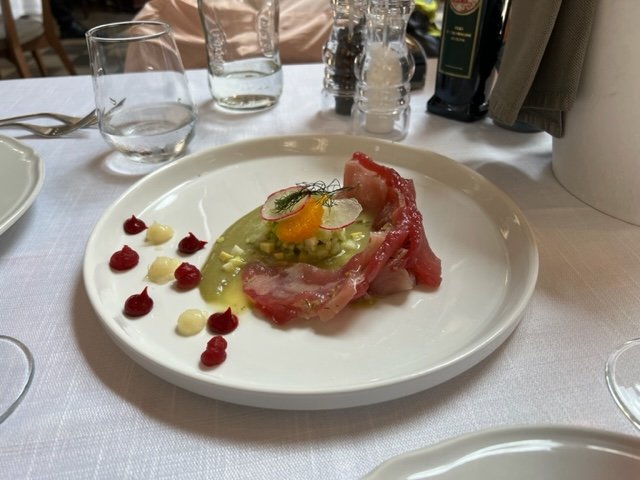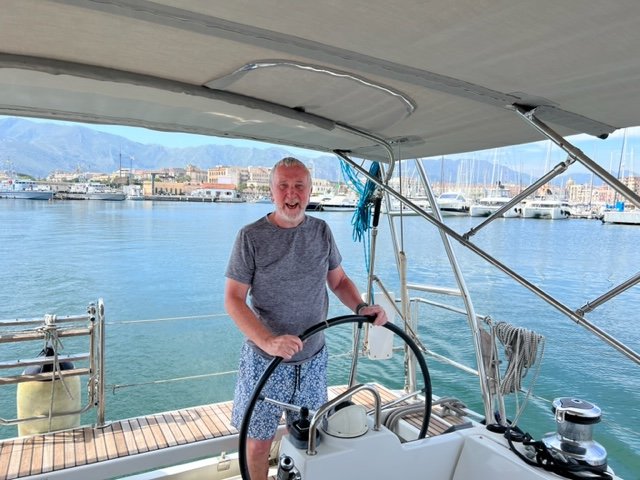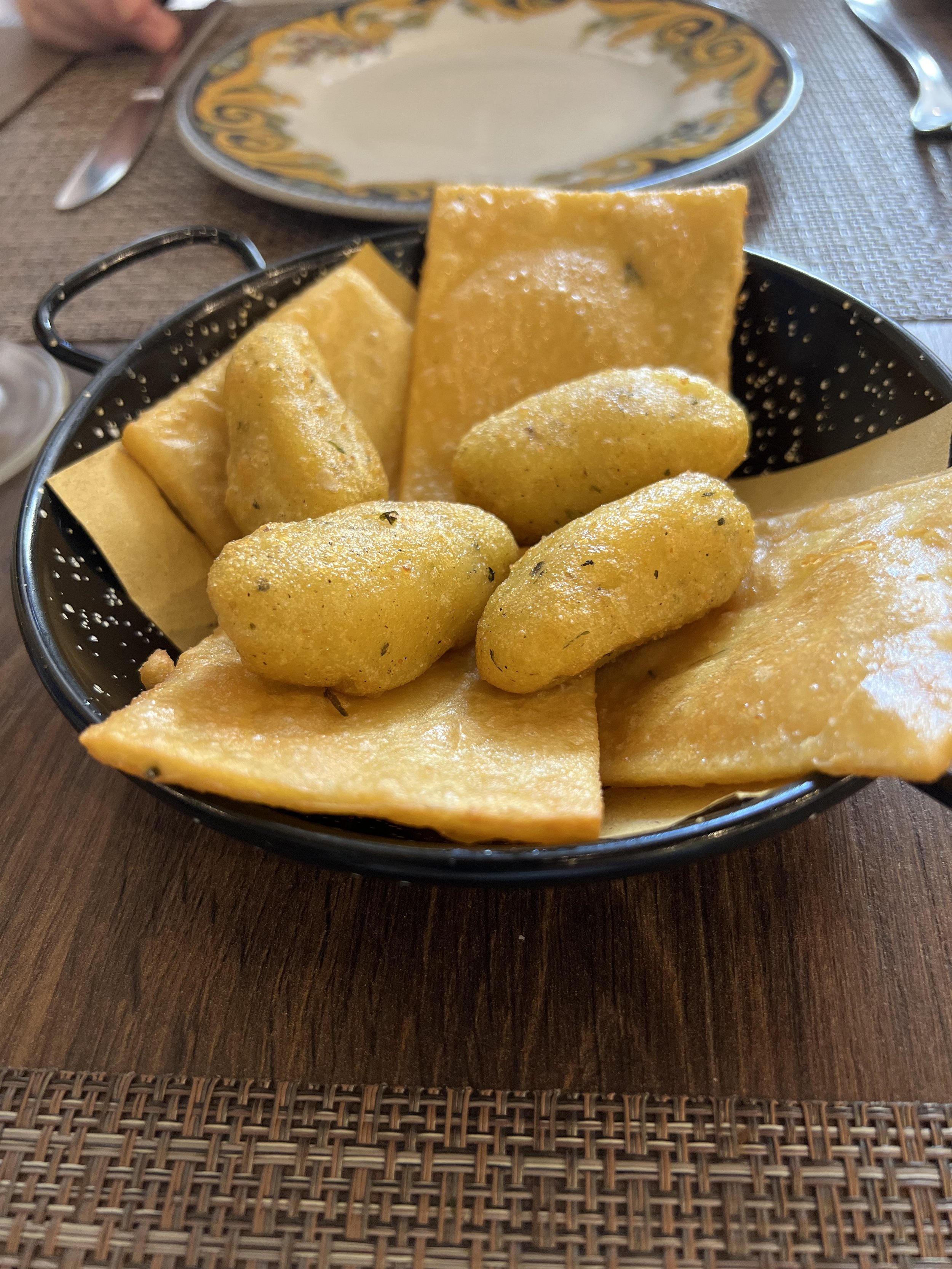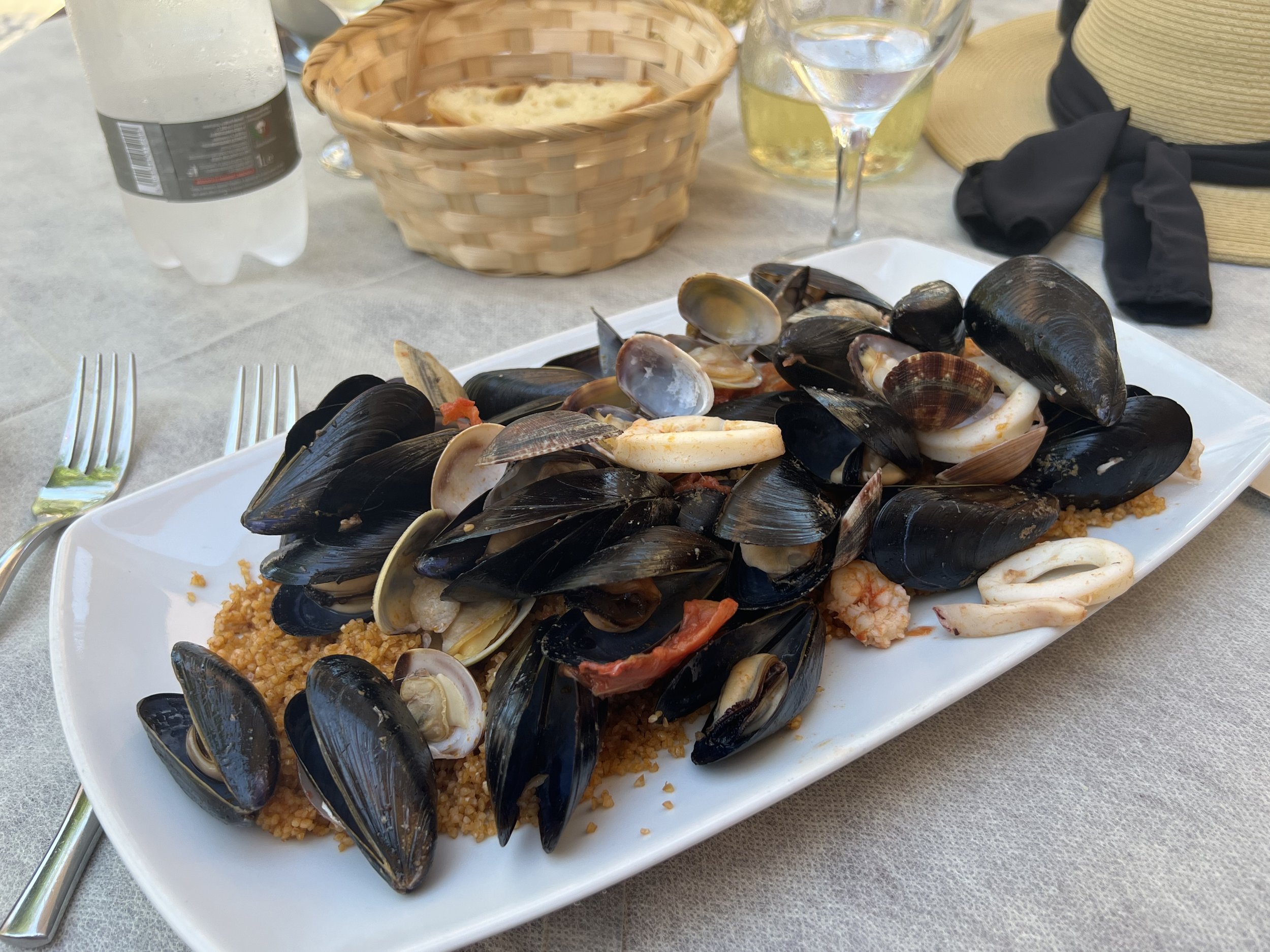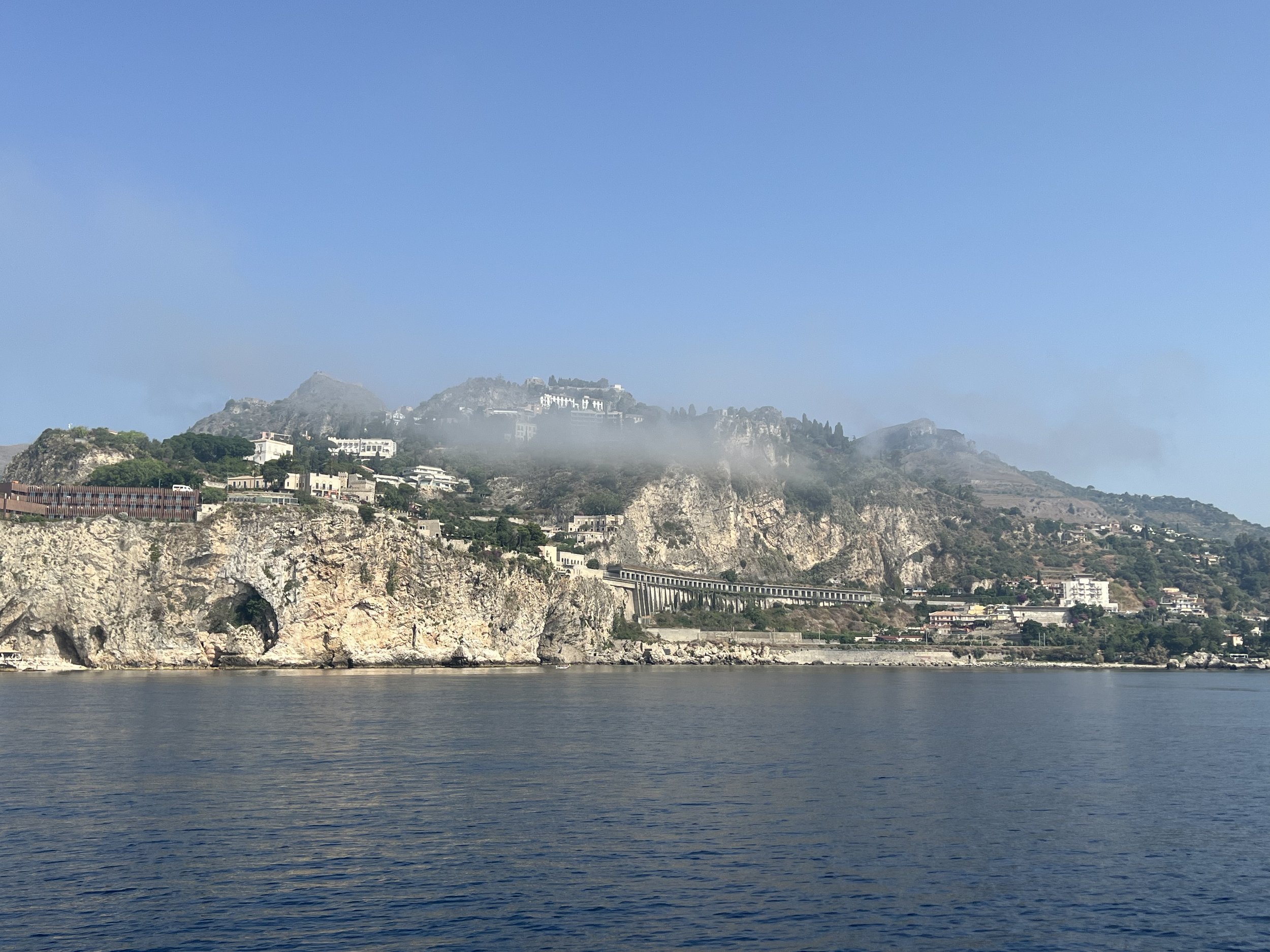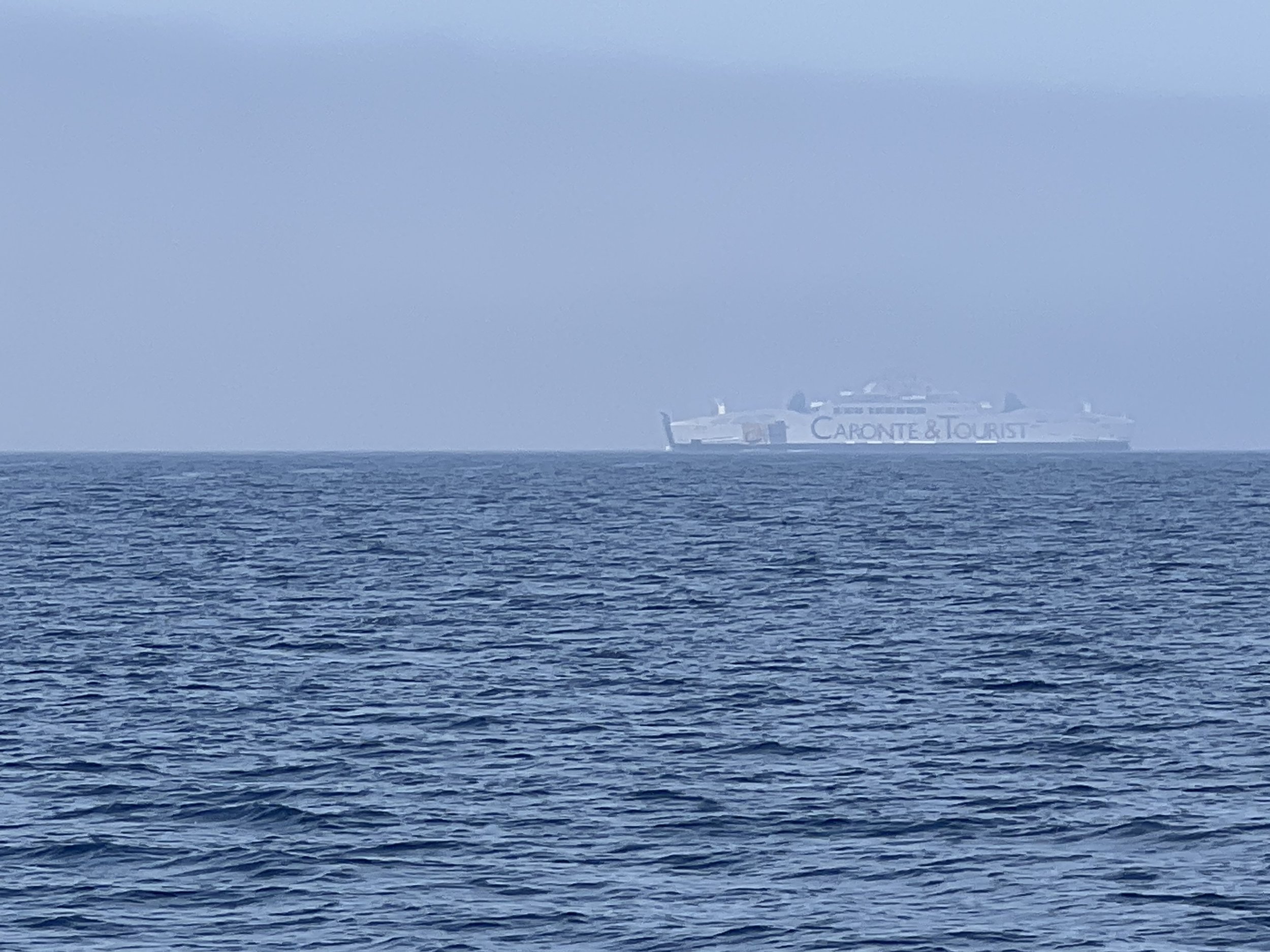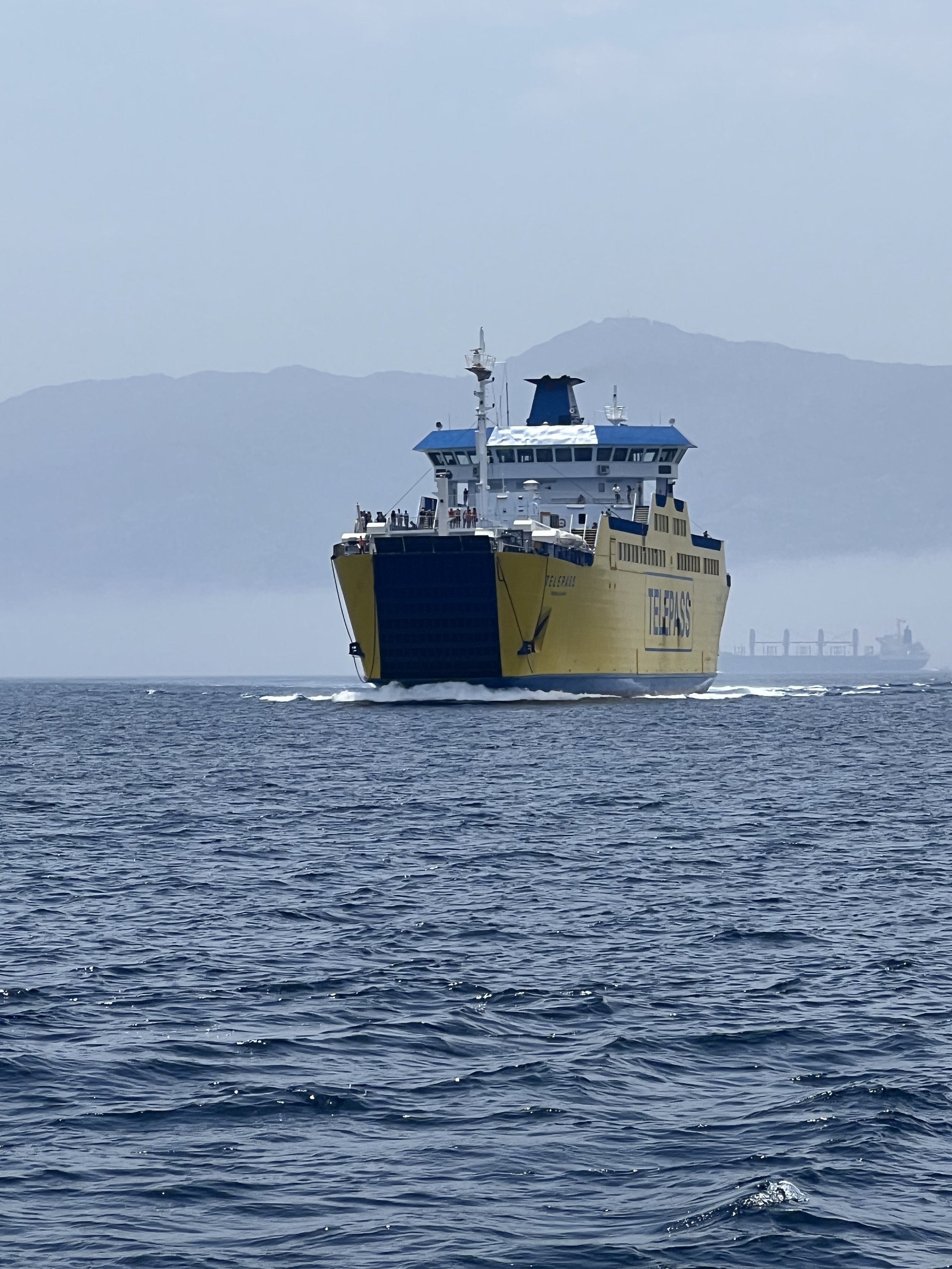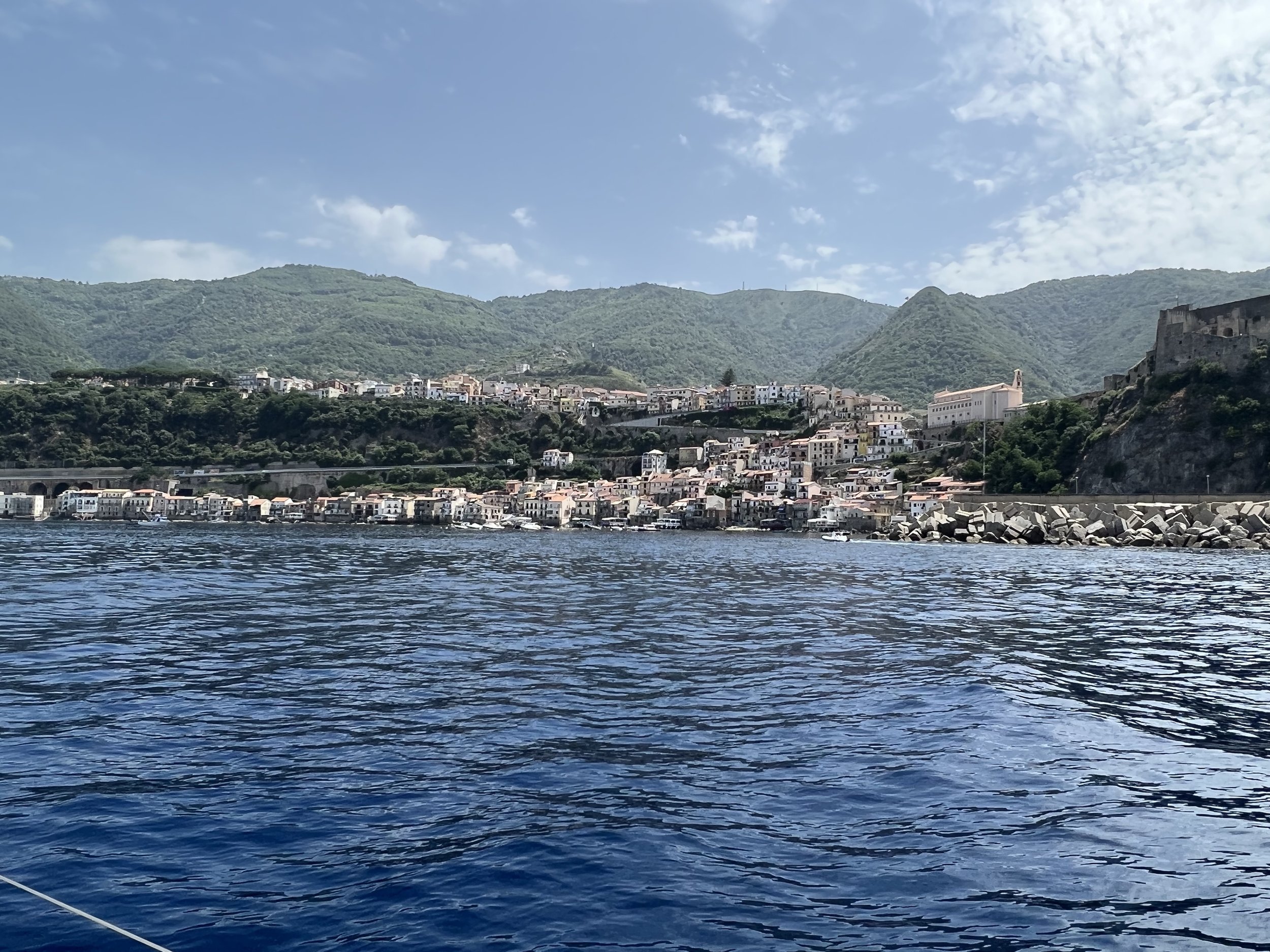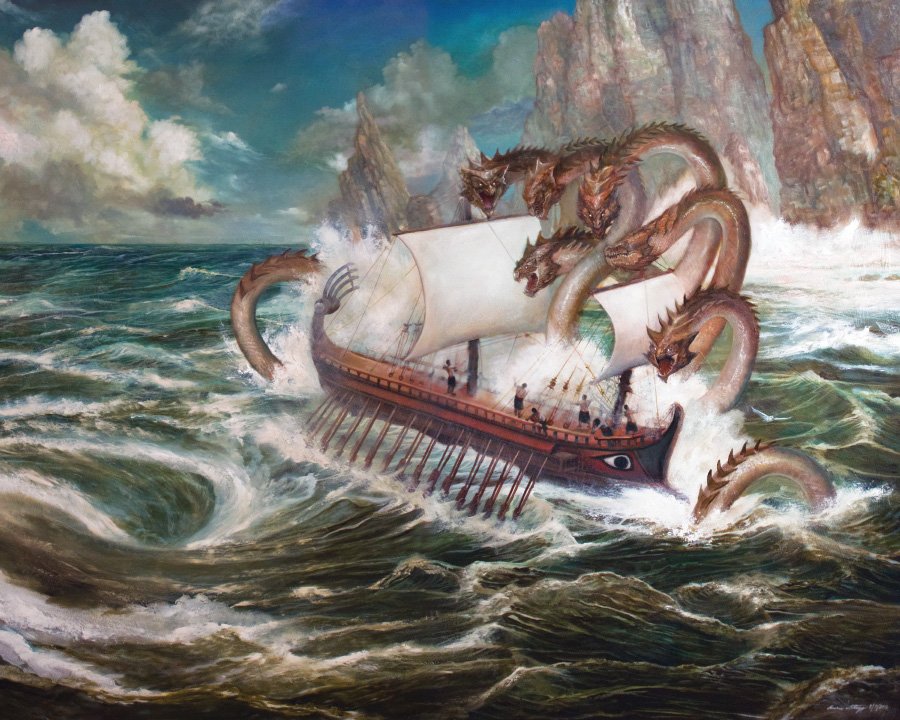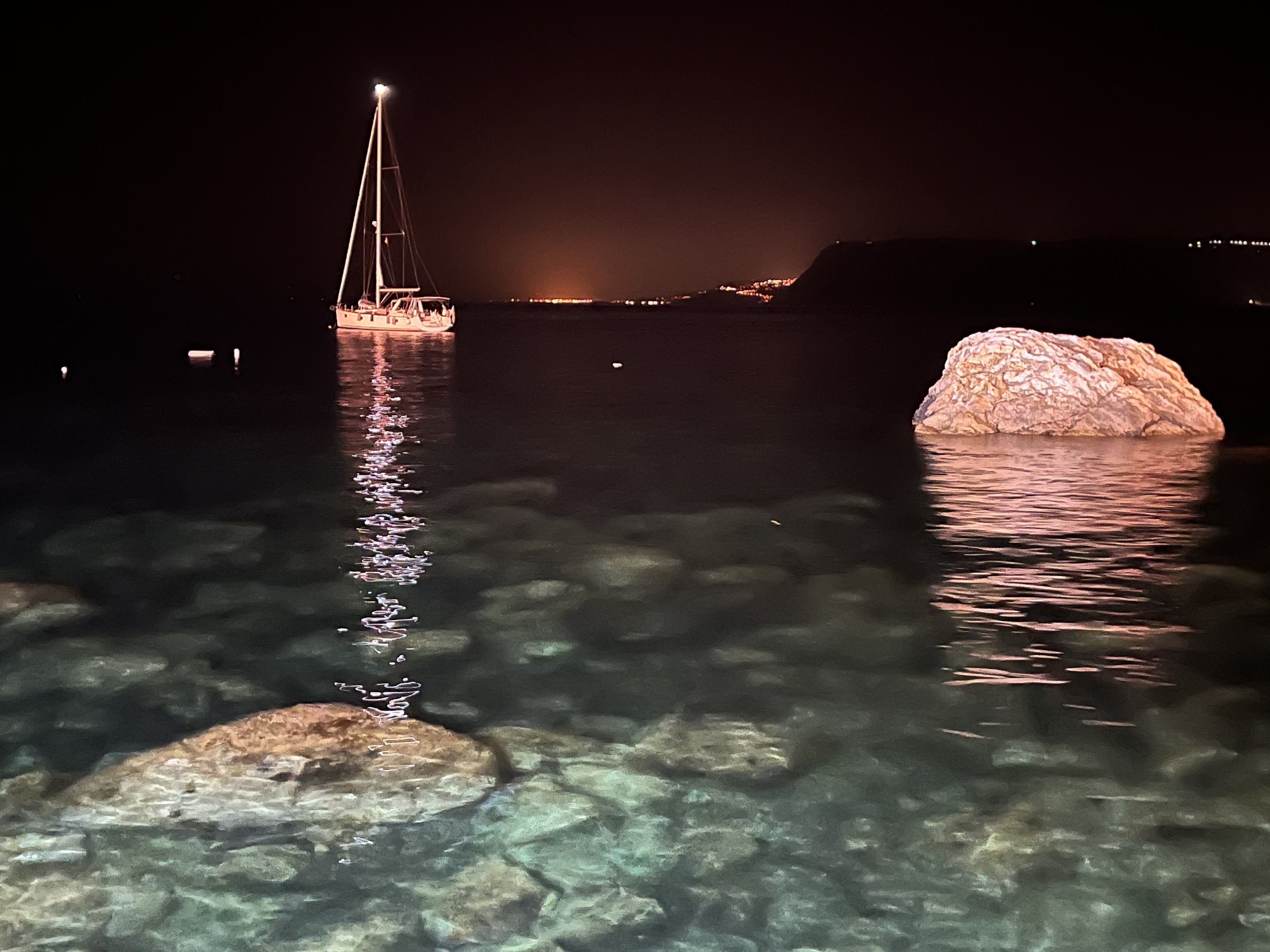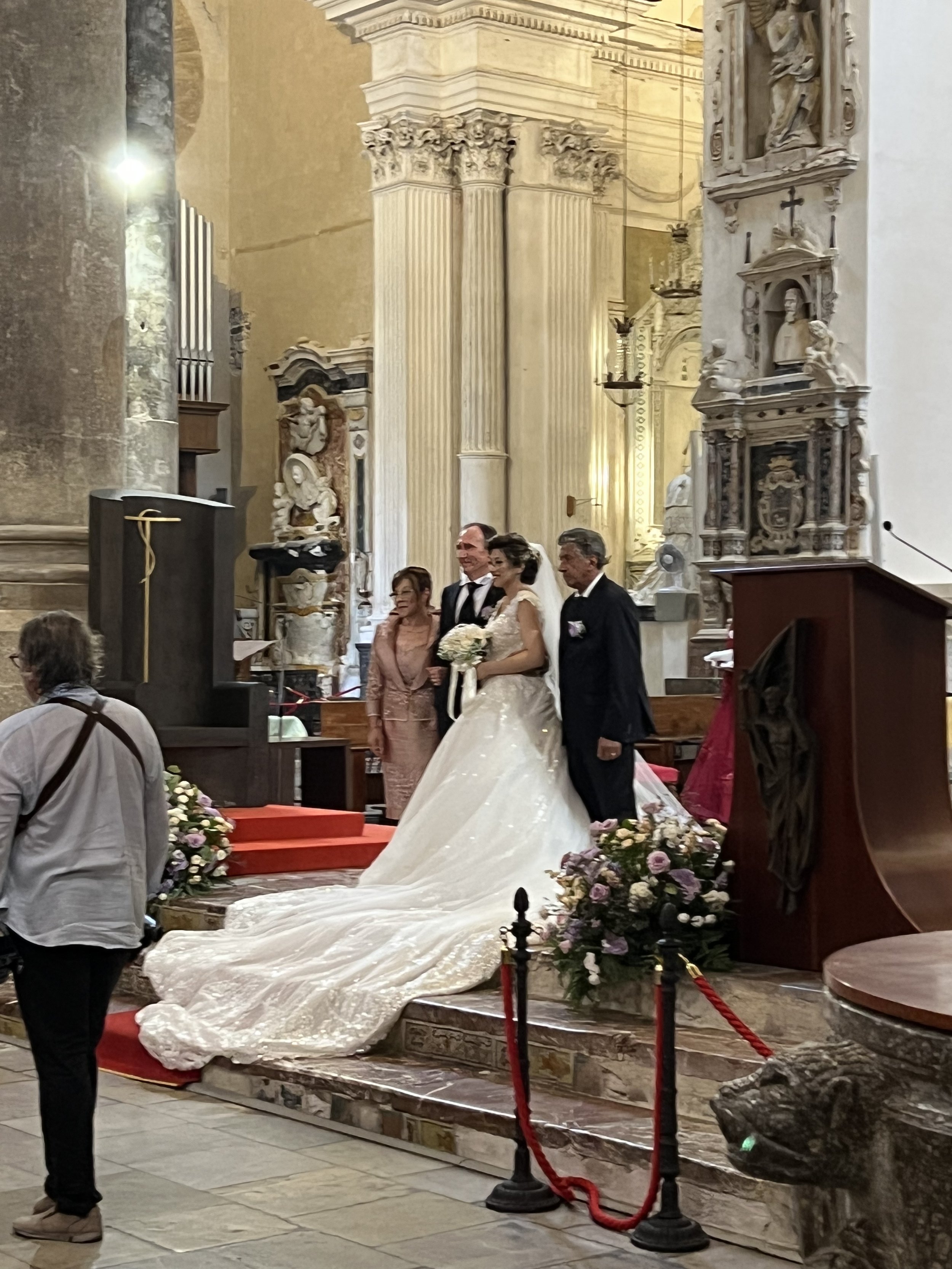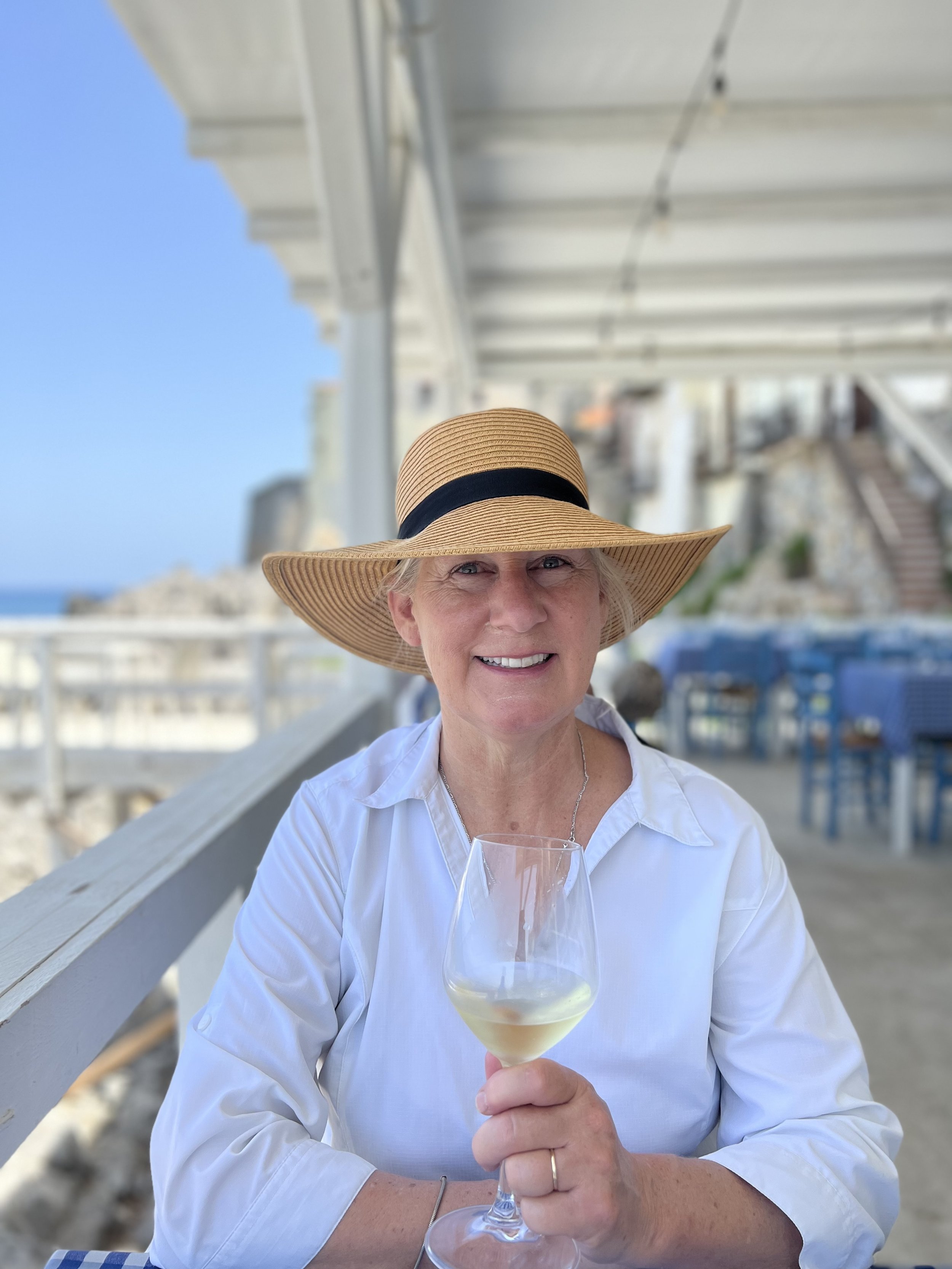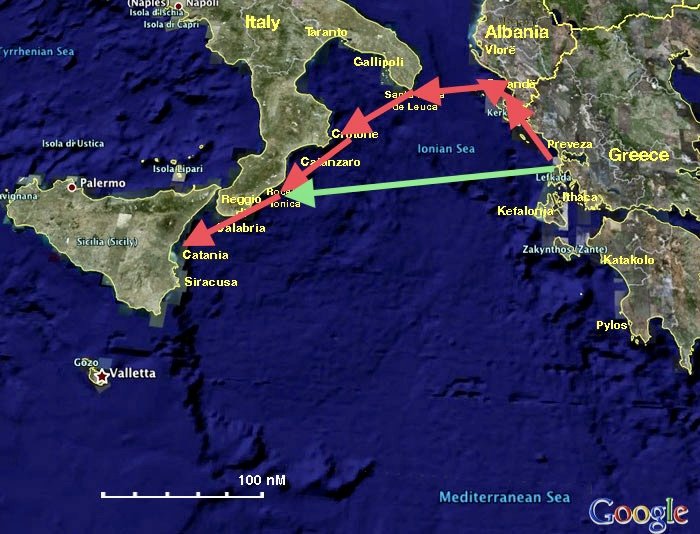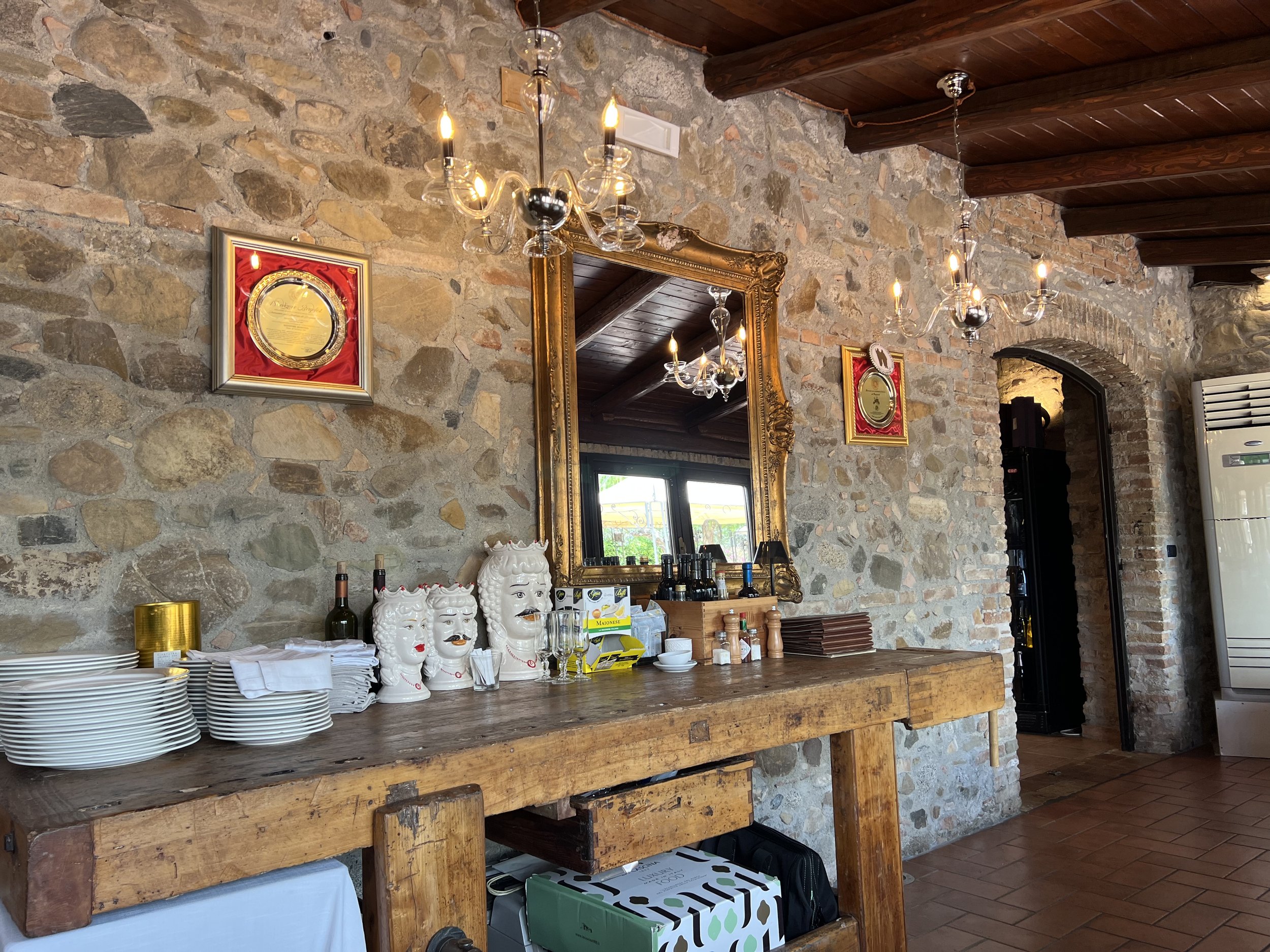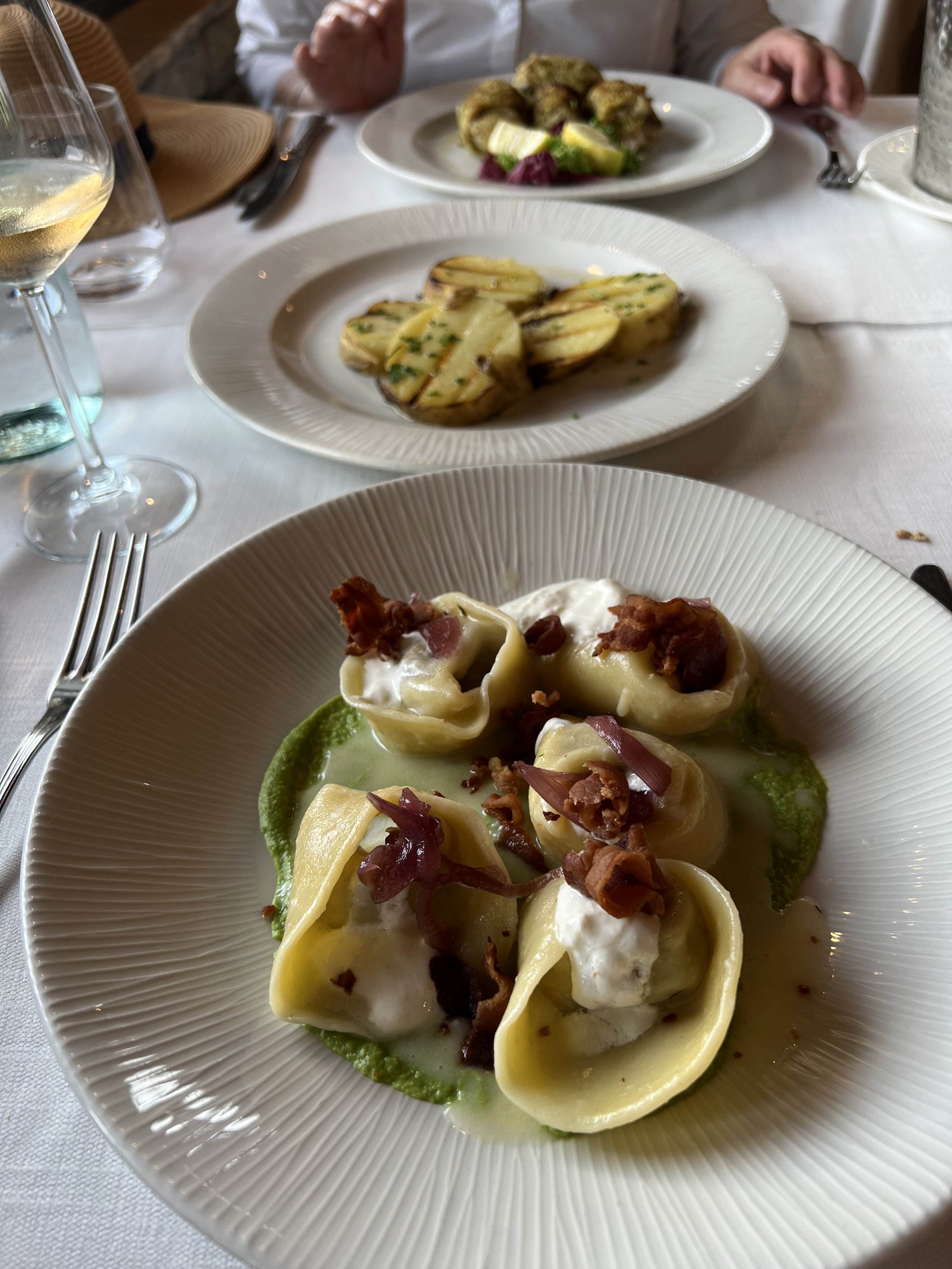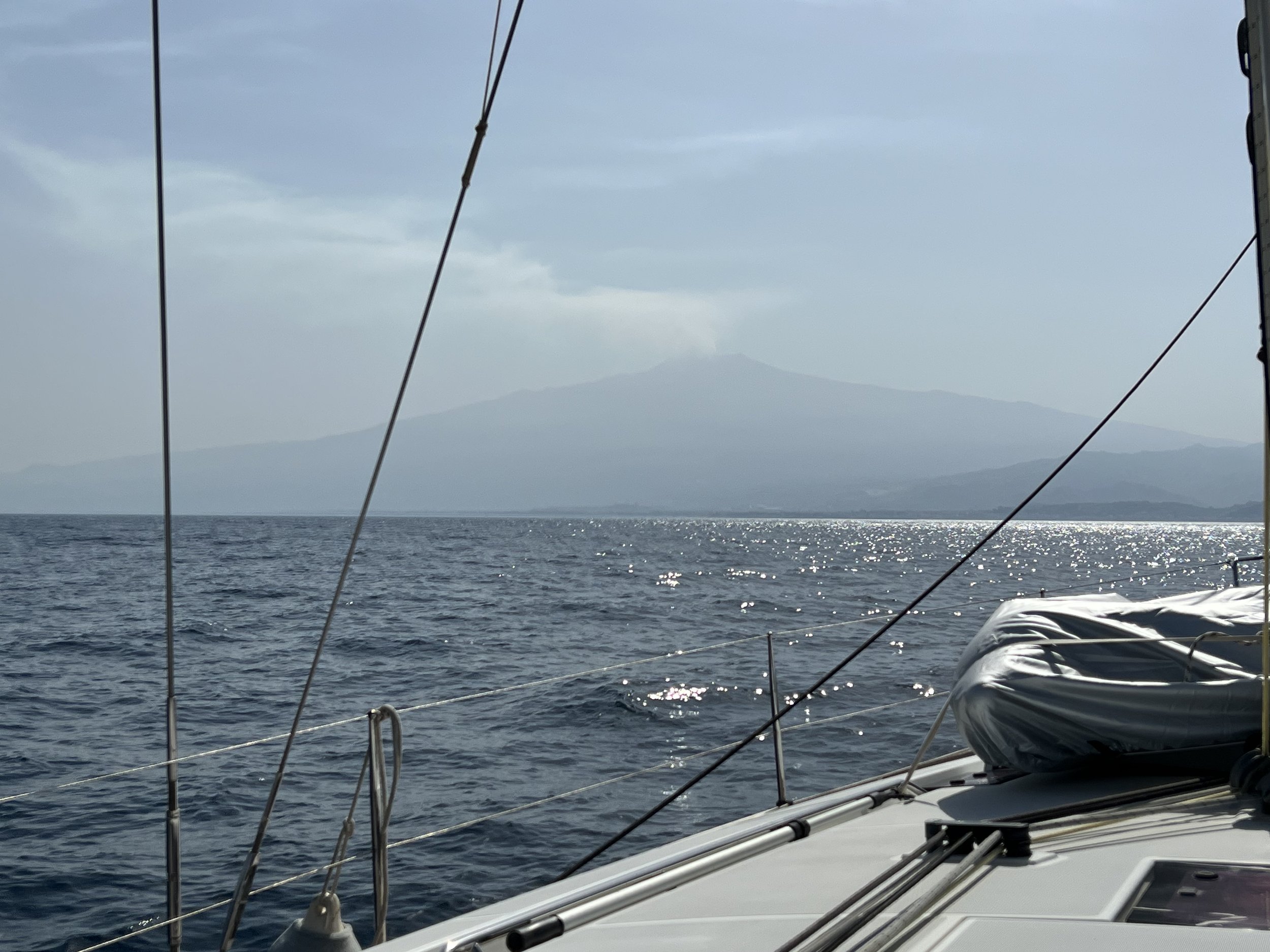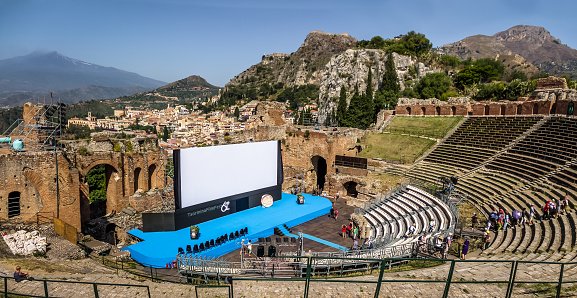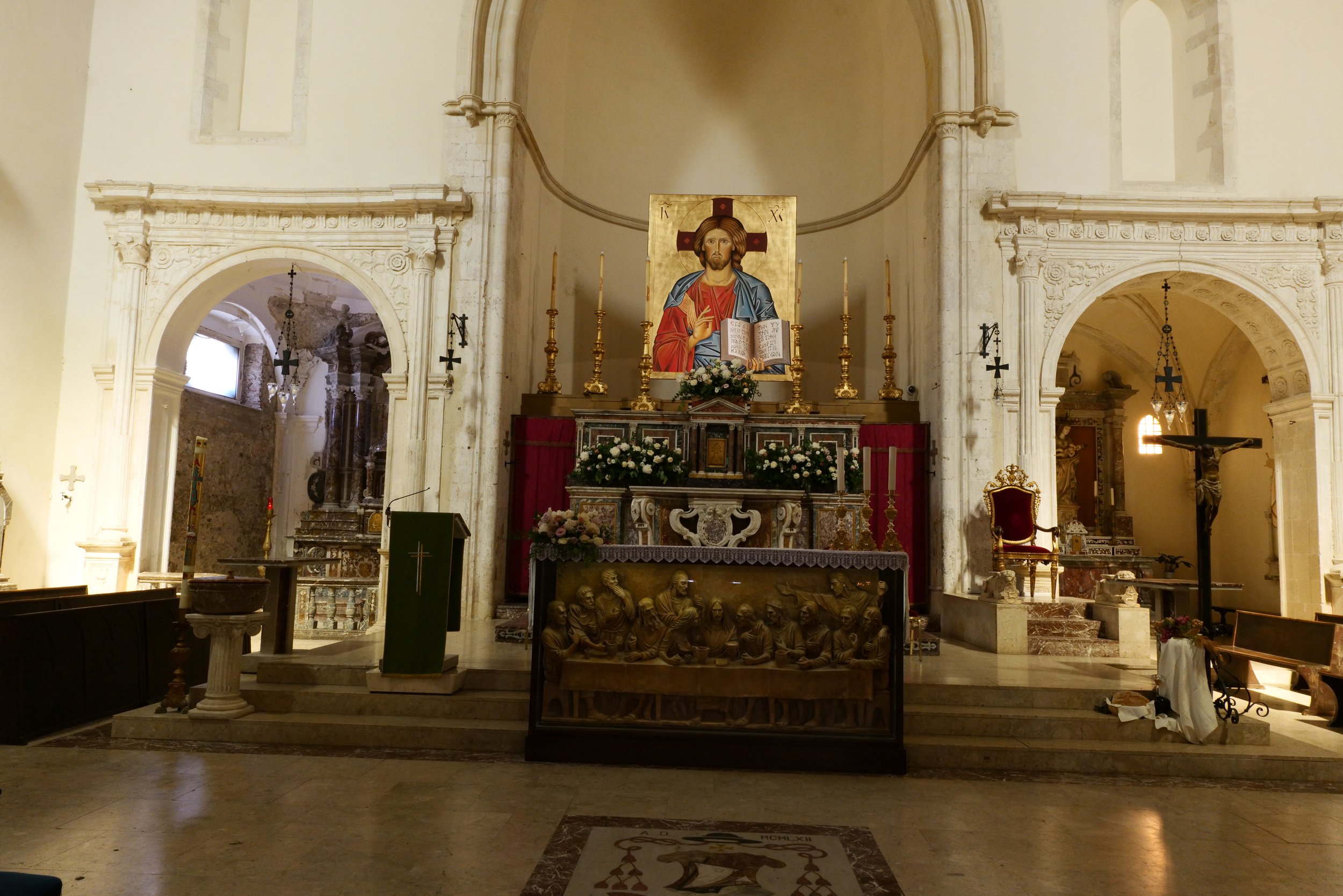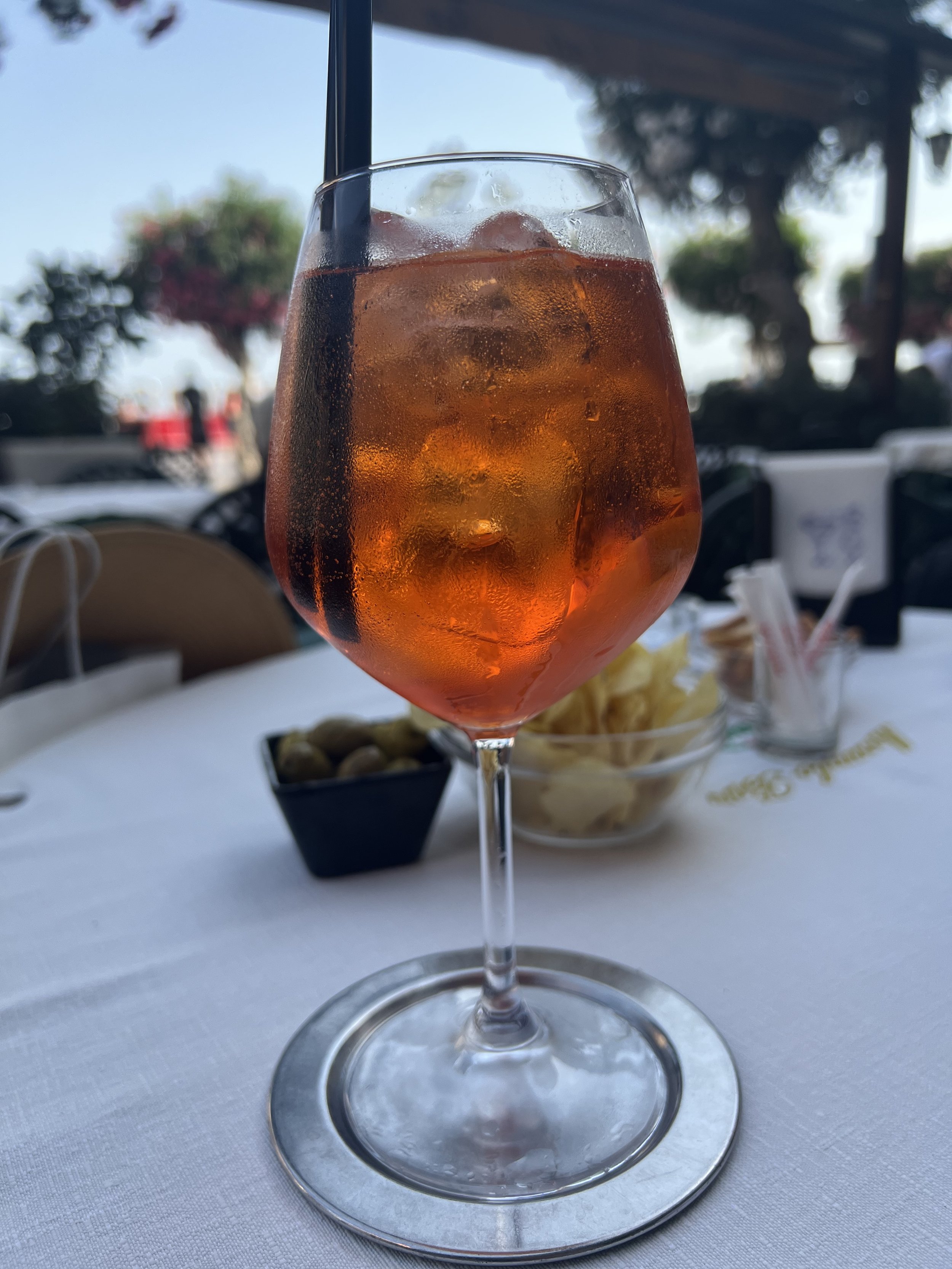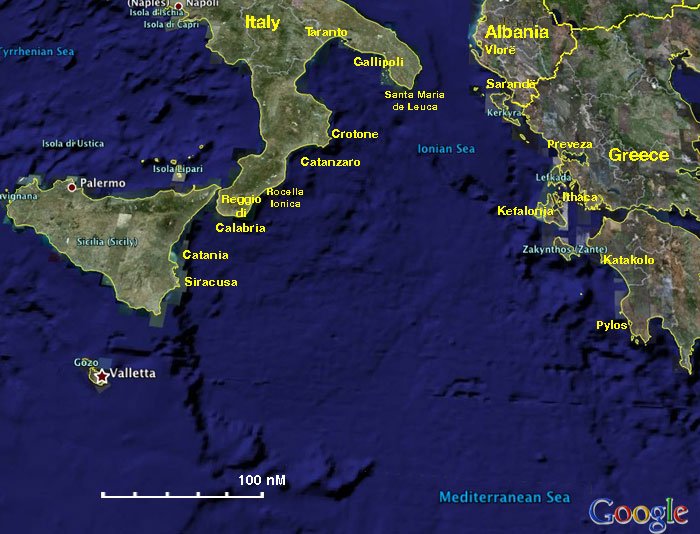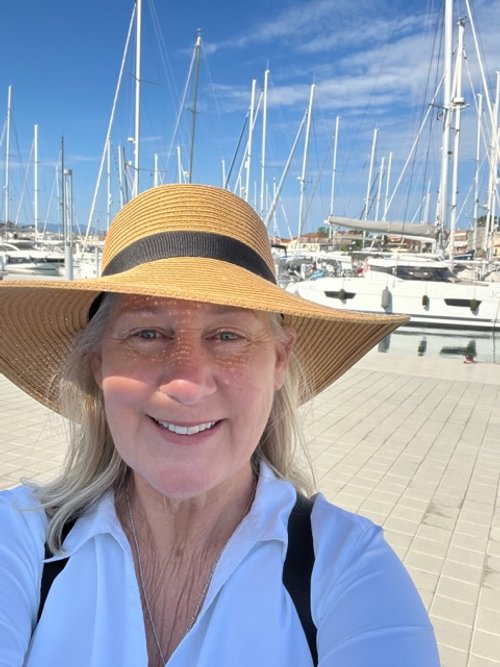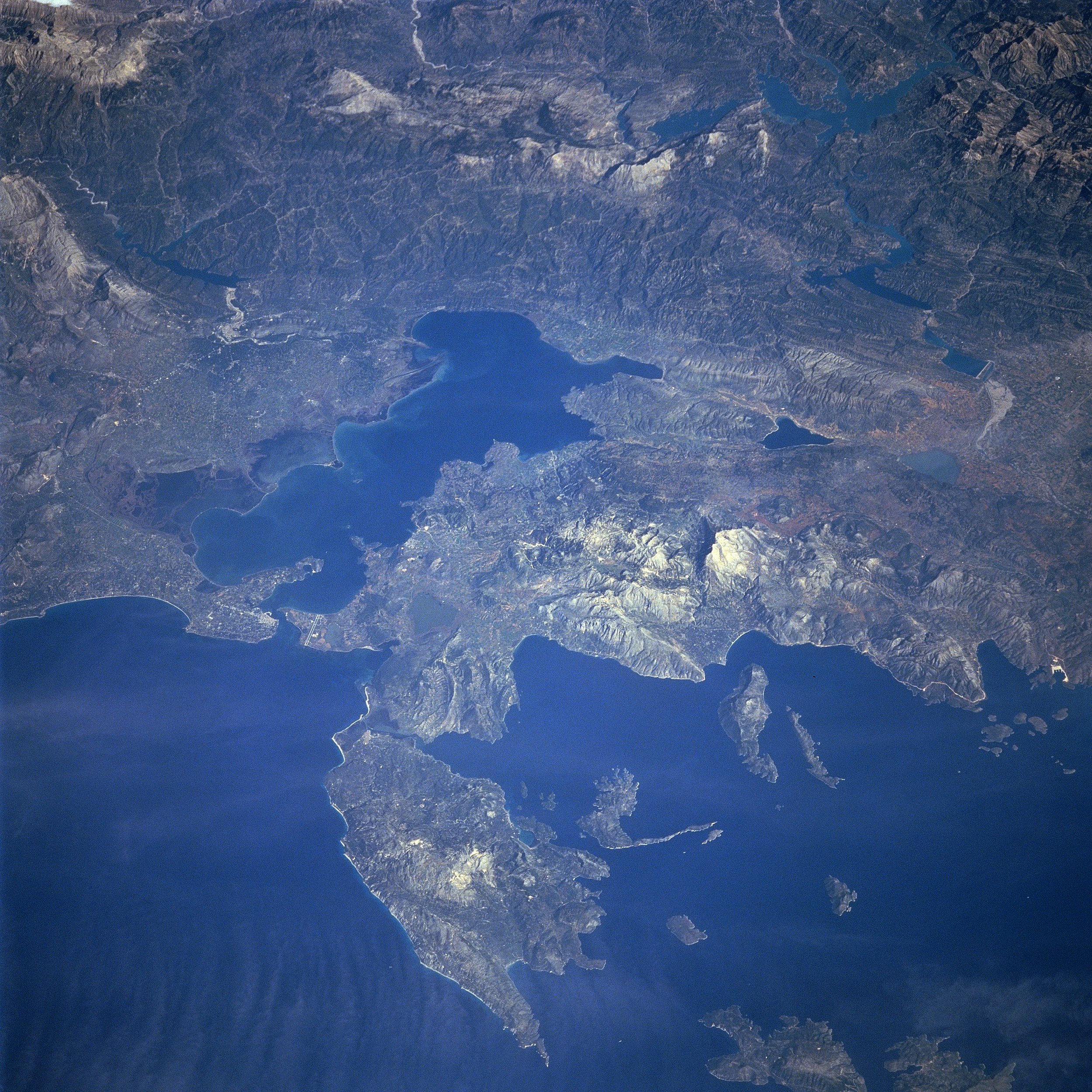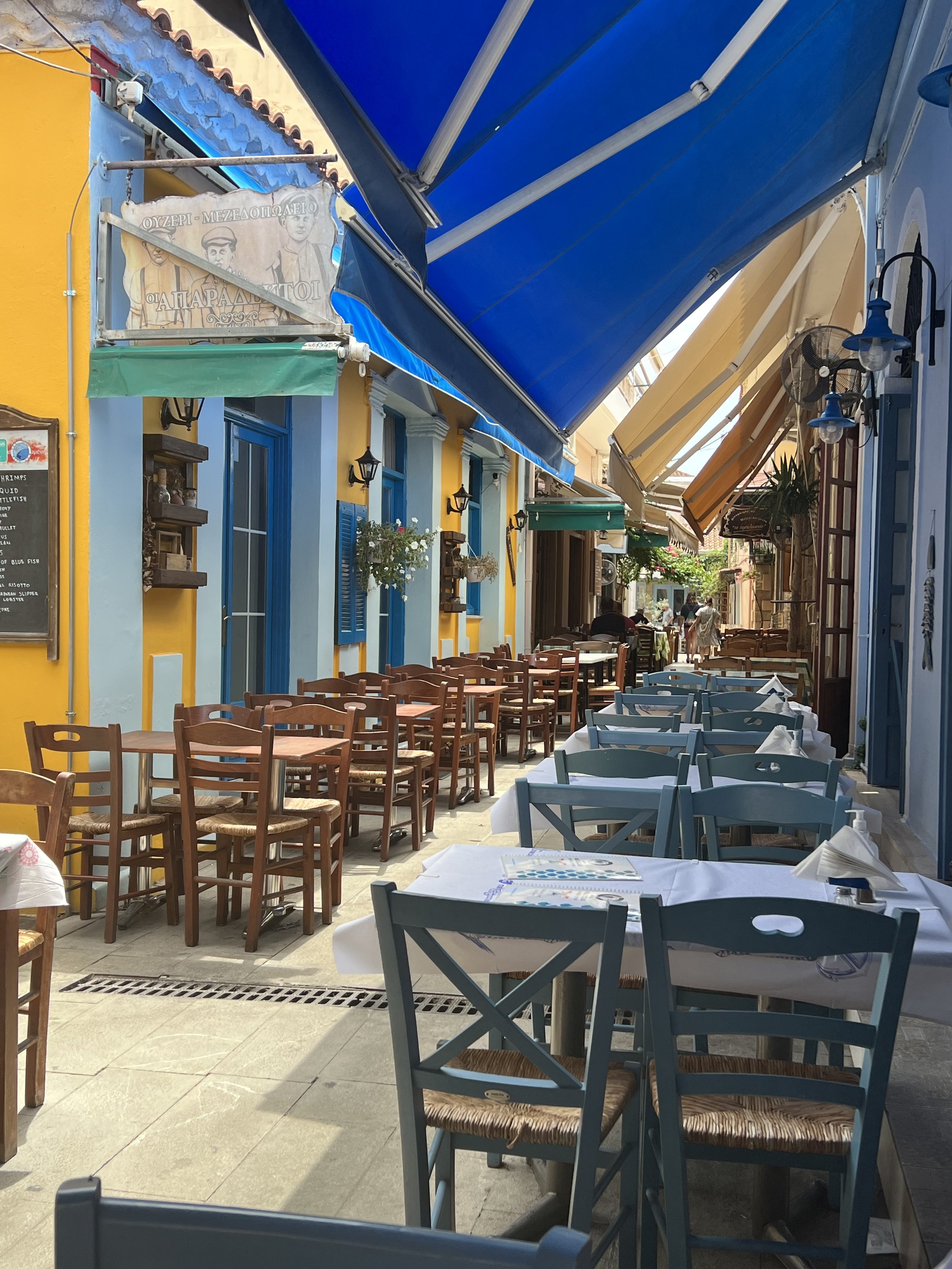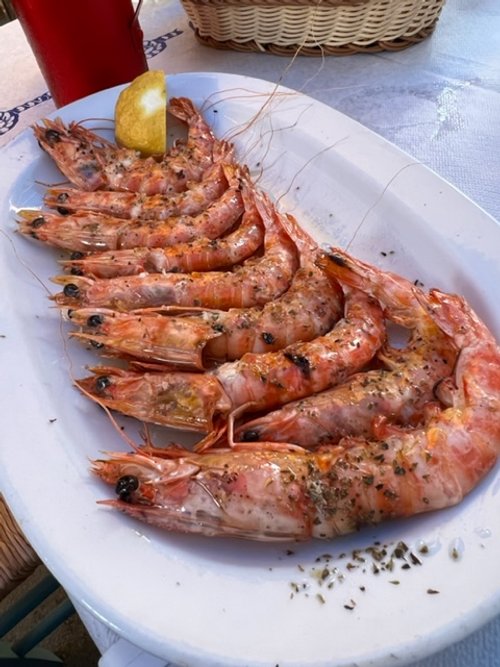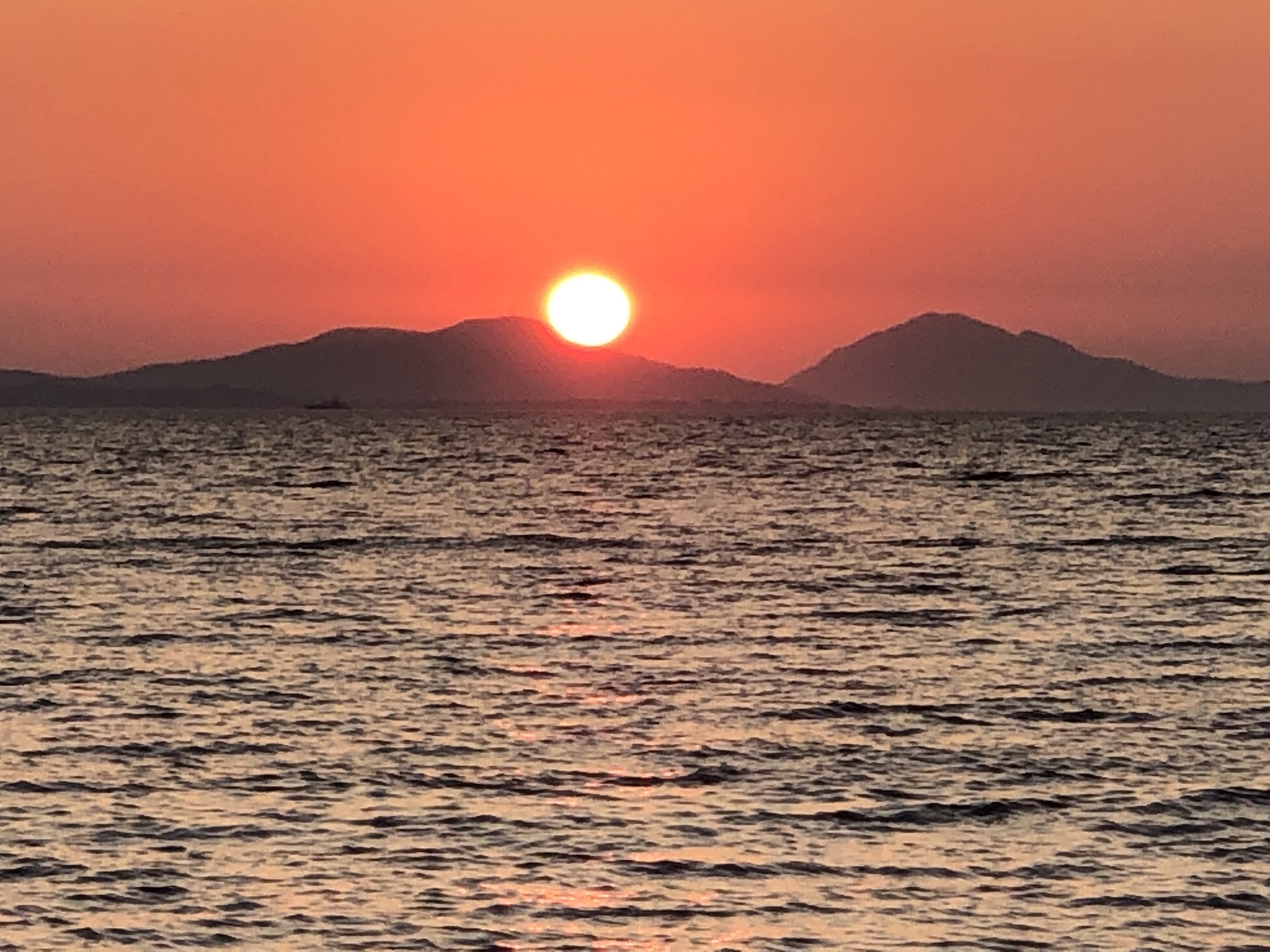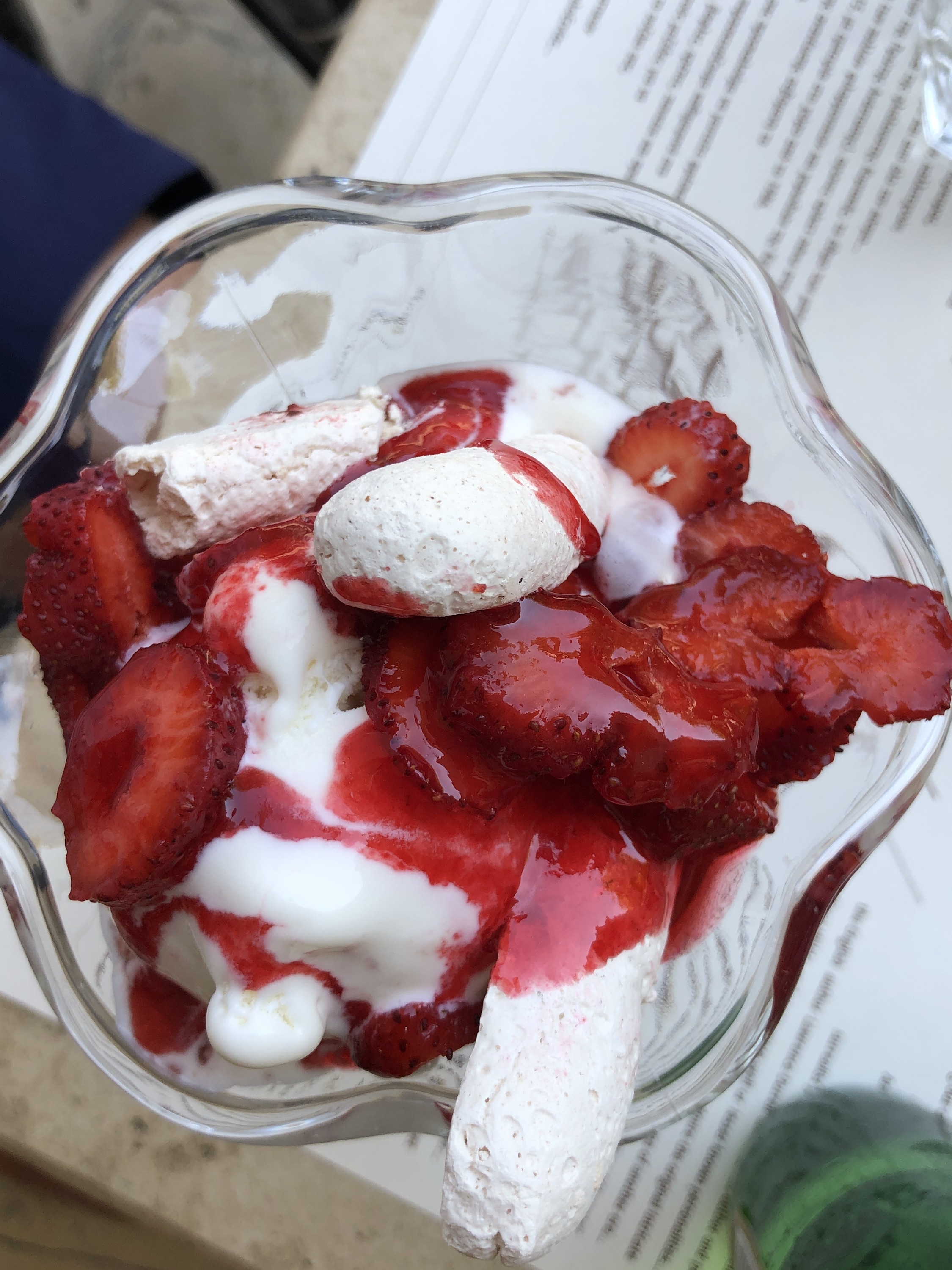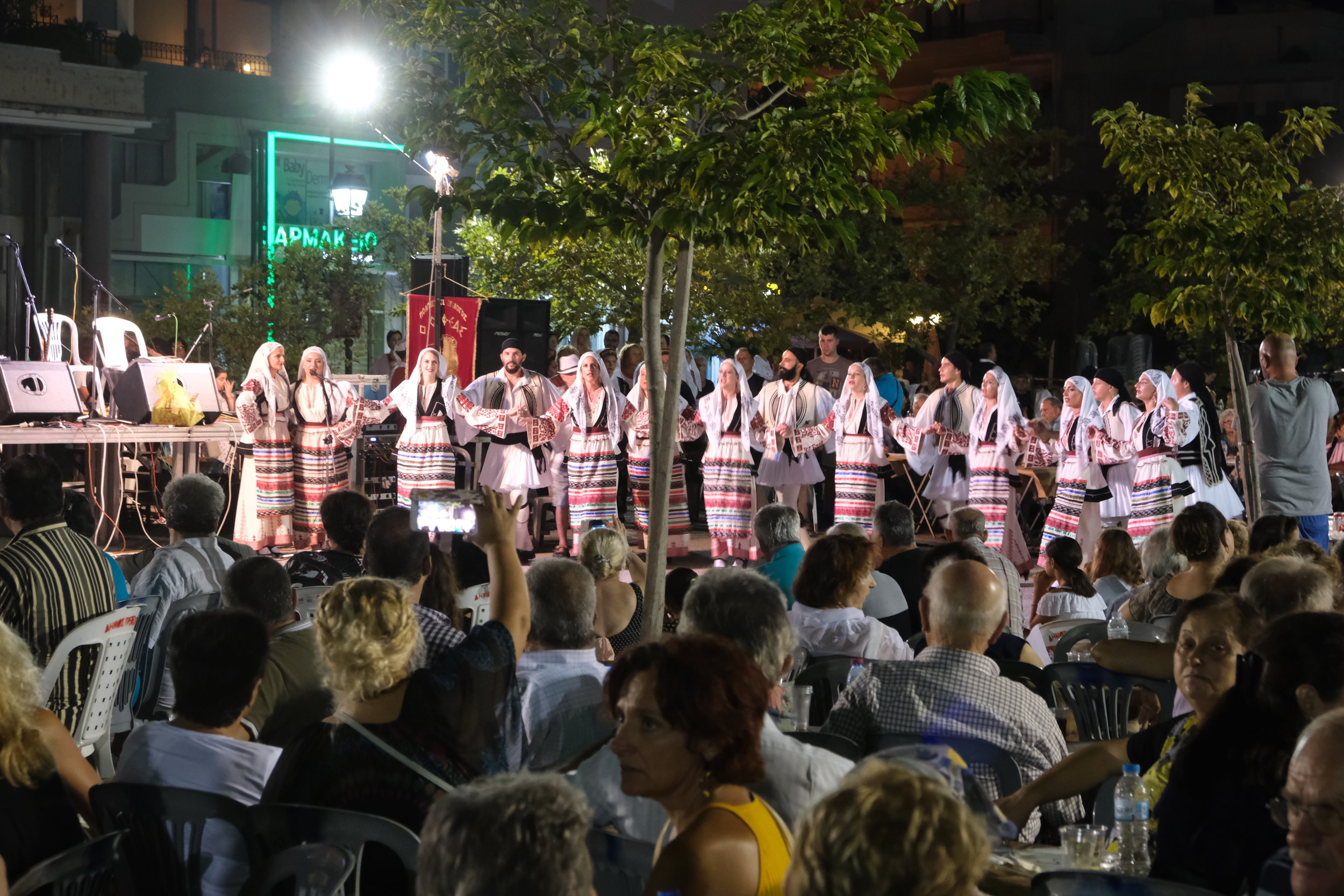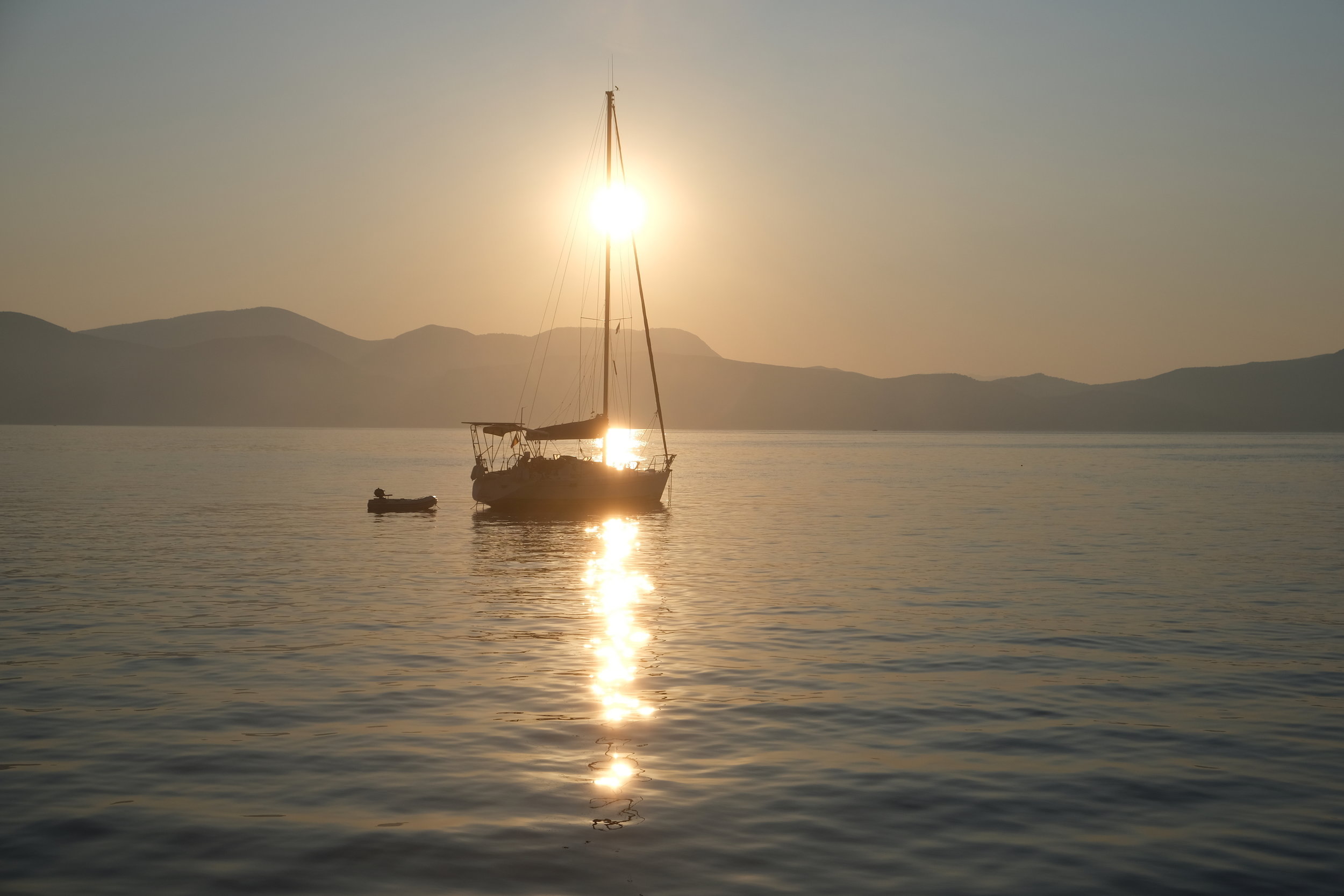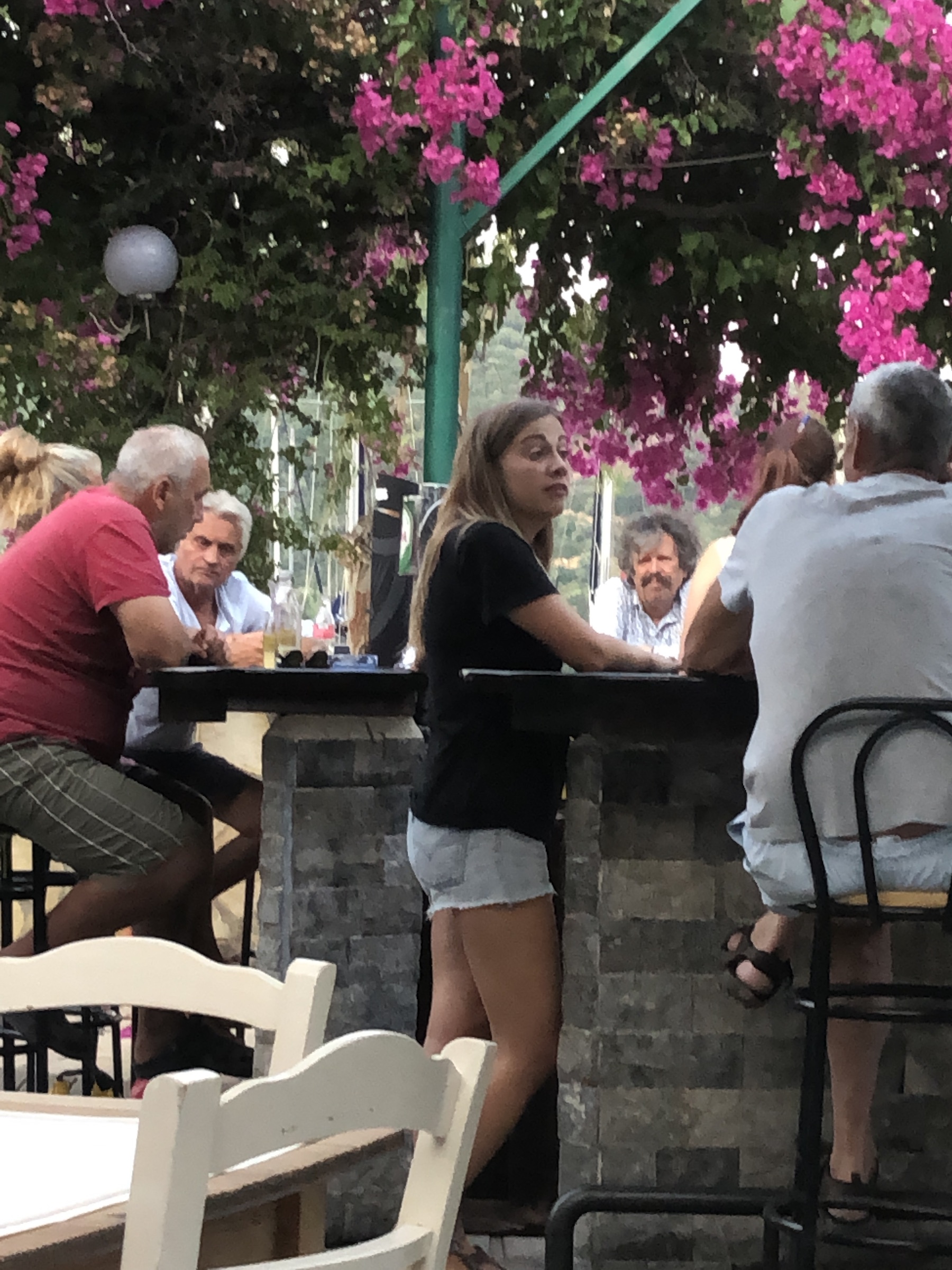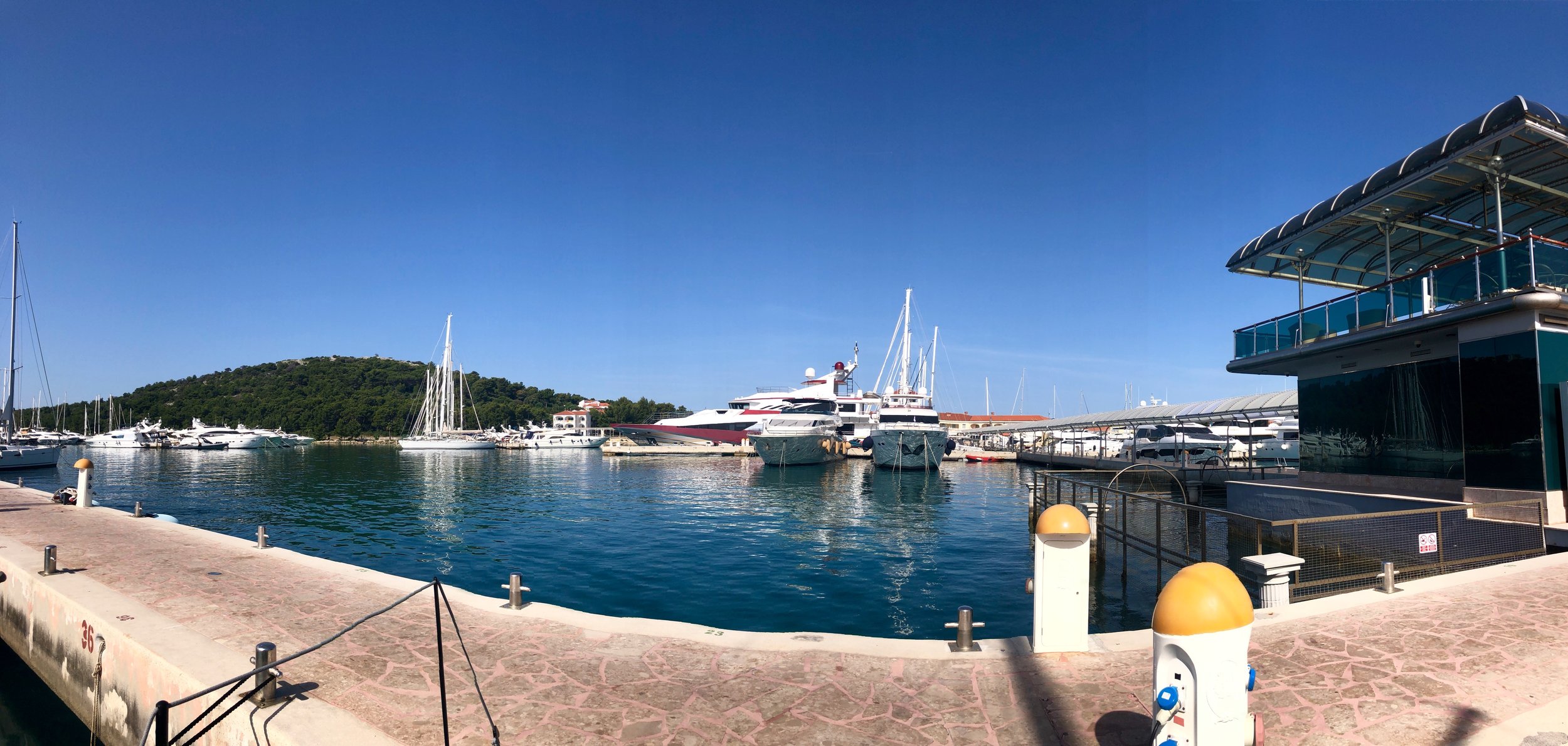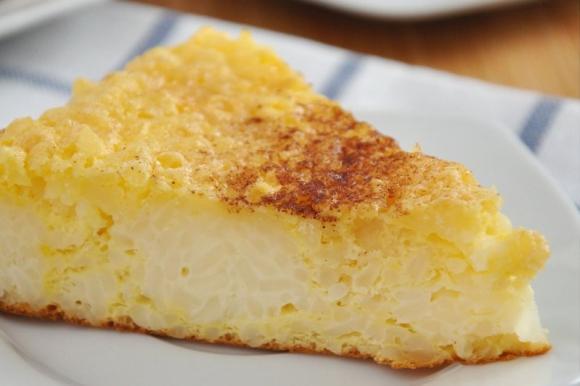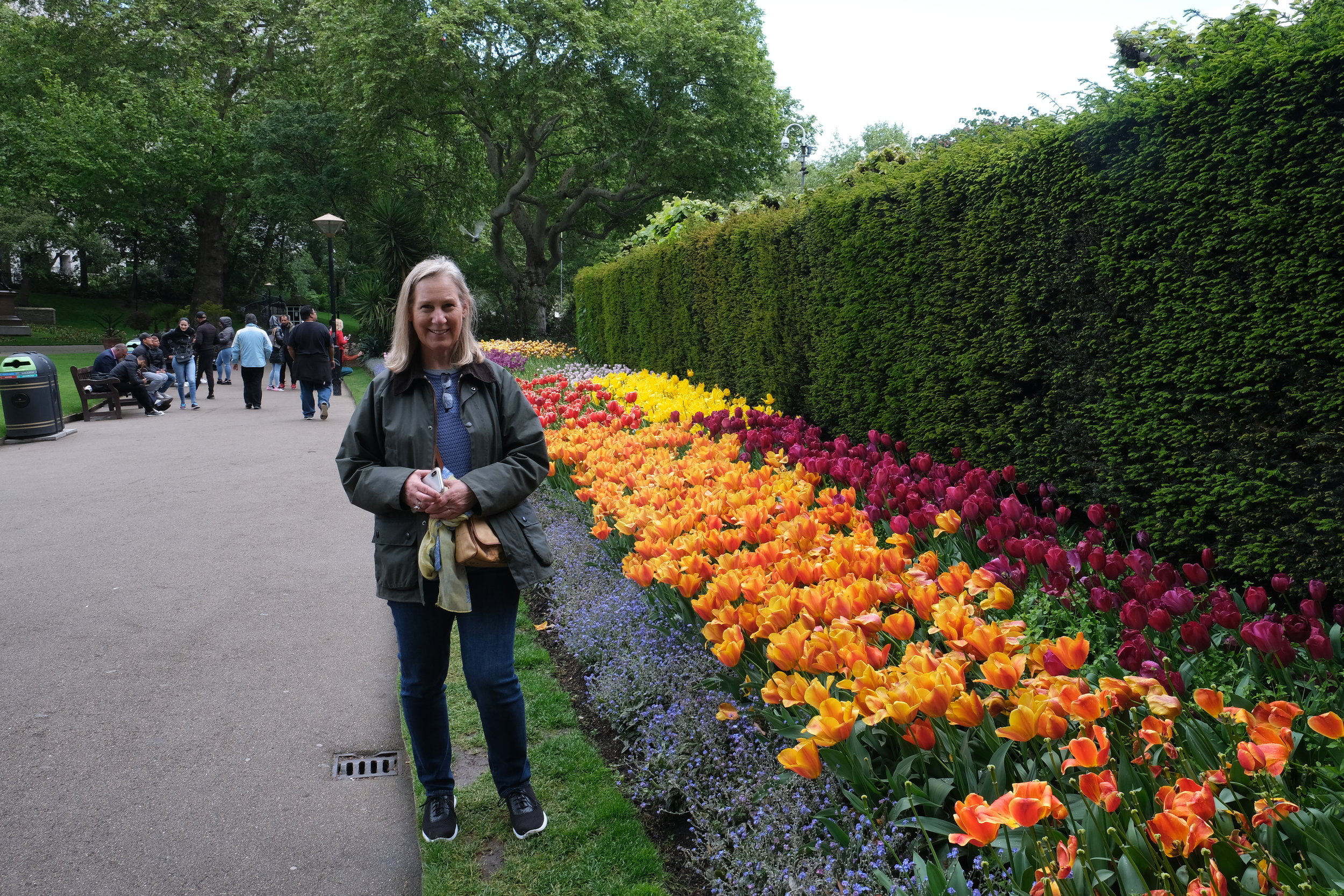It struck me that last year when we were here, in the blog, I combined Trapani and Palermo into a single perspective. But really they are quite different. We’ve been “stuck” here in Trapani for a few days waiting for the weather to clear, but we’re in a pretty safe berth.
The boat to our left is oddly enough called “Big Joy”. Sounds like a Chinese fortune cookie maker so something. (But actually they’re from Germany. I didn’t get the opportinty to ask about the name. Maybe it’s lost in the translation.
Anyway I’ve had some to consider this part of the western coast of Sicily.The most notable places of interest here are the three towns of Trapani, Marsala and Mazara del Vallo and the three offshore islands that constitute the Egadi Marine Park.
Trapani is one of our favorite places for people-watching. It has a lovely Sicilian Baroque center whose pedestrian streets are dotted with cafes. The business people who go by are, what you might call, crumpled chic. The combination of the heat and the predominance of linen makes this inevitable.
But, then again, maybe the nuns have the right idea.
This is an area that has long-depended on agriculture and fishing for its livelihood. For example, the history of Trapani dates back to the time of the Greeks, Carthaginians and Romans more than 2500 years ago. But more “recently”, this area was the first to be taken over by the Muslims during their invasion of Sicily in 827.
And Muslim and Arabic influences are subtly present everywhere. The name of Marsala, for example, is probably derived from the Arabic Marsa Allāh, meaning “God's harbor". And Mazzara del Vallo has a substantial immigrant population mostly hailing from Tunisia and living in traditional Arabic areas of the town. Outside of southern Spain, this is one of only a few towns in Europe to have souk and kasbah.
The Arabs revolutionized the indigenous agricultural practices. They constructed canals to bring water from springs and rivers to agricultural areas and towns. Leveraging this infrastructure, they introduced a wide variety of new crops that we now think of as typically Sicilian - lemons, oranges, almonds and pistachios.
Other new vegetables, fruits and spices brought by the Arabs included eggplant, artichoke, melon, apricot, banana, buckwheat, cumin, tarragon, jasmine and a white grape variety called zibibbo, which later would be used to make sweet wines.
Fishing, too, was influenced by the Arabs. While bluefin tuna fishing had been carried out since prehistoric times, the Arabs perfected the staged netting system called the tonnara. Traditionally these are deployed in May and June when the 400lb fish swim past the coast of Sicily. The catching of the fish is a socio-cultural event called a matanza. Once common everywhere in Sicily, the few remaining mattanzas take place in the strait between two of the Egadi Islands - Favignana and Levanzo.
I don’t know about you but this is not what I have in mind when I think “fishing”. The Italian word for the above can be translated as “massacre”. Very apt. When you see what goes into catching the fish, it makes you think twice about the delicious tuna tartare that is everywhere.
I think I prefer to have this mental picture of fishing and fishermen.
Tuna fish stocks in the Mediterranean have been significantly declining due to legal (and illegal) industrial fishing fleets and is now near to collapse. Fresh bluefin can still be had in the markets of Trapani and Mazzra del Vallo but you have to wonder for how long.
While the decline of tuna fishing has followed the sadly familiar pattern across the Mediterranean, red prawn fishing illustrates a different set of issues.
With their distinctive red color, even when raw, Mazara del Vallo red prawns are considered a delicacy worldwide. They can retail for almost $100 per kilogram. We tried some of these prawns tartare and can attest to their soft flesh and delicate taste.
At these prices, red prawn fishing represents a major revenue source for local fishermen. The prawns are caught in deep water in the channel between Sicily and Libya and Tunisia. And herein lies the problem.
Towards the end of the 1980s, Libyan coastguard patrols began using force against foreign fishing vessels within about 75 miles of its coast despite the fact that territorial waters stretch only 12 miles from its shores. This was the maritime equivalent of a land grab – a “sea grab”’ I suppose.
Sicilian boats were fired on, seized and their crews detained in Libya for as long a six months
As a result, things have changed since the red prawn war heated up. At the end of the 90s there were over 350 fishing vessels in Mazara. Today there are fewer than 70. Understandably few fishermen are willing to risk their lives for the red prawn.
A painful irony not lost on the fishermen is that, since Rome and Tripoli signed an agreement in 2017 to curb migrant flows across the same stretch of water, Italy has been helping to train and equip the Libyan coastguard.
But, as large-scale fishing has declined, line-caught fishing has increased - not, I suspect, quite enough to compensate but certainly enough to keep a community healthy. Restaurants bring you platters of line-caught whole fish (often with the line still in their mouths) for you to choose which one you’d like and how you’d like it cooked.
One satisfied customer who fully supports this development.
And, more generally, in this area there is a lot of evidence of a transition to more environmentally aware approaches to agriculture and fishing.
We drove south from Trapani heading in the direction of Marsala passing the famous salt pans. We have made abortive attempts to visit these on our last two visits largely due to logistical difficulties and a lack of enthusiasm. This time, rather than strike out, we elected only to drive past them - smart move. For those of you who wonder what watching salt dry is like - think “paint” only longer.
We visited a winery just outside Marsala which makes Marsala (of course) and a number of non-fortified white and red wines. The vineyard is organic using fava bean plants between the vines to provide the nutrients they need.
And in another reference back the Arab period, some of the wines are aged in earthenware amphorae rather than their spectacular wooden barrels.
And while we were there we made an amazing discovery about the source of the vitamin B12 that we take every day.
This must be why it’s so good for you. Don’t tell anyone you know the secret!
We wondered if this vineyard was typical or not and we’re told that most, if not all, local vineyards had now become organic with no noticeable reduction in production quantity or wine quality.
And informally there is more evidence of a healthier ecosystem.
As we rounded the cape that starts this coast, we encountered a large and heathy turtle swimming woefully and waving a flipper to us on each stroke. Later, as we left the Egadi Islands, we saw three separate large pods of dolphins who broke off from their breakfast and came to play happily around our boat.
Perhaps not a scientifically valid indicator of a better future but certainly an encouraging one.
